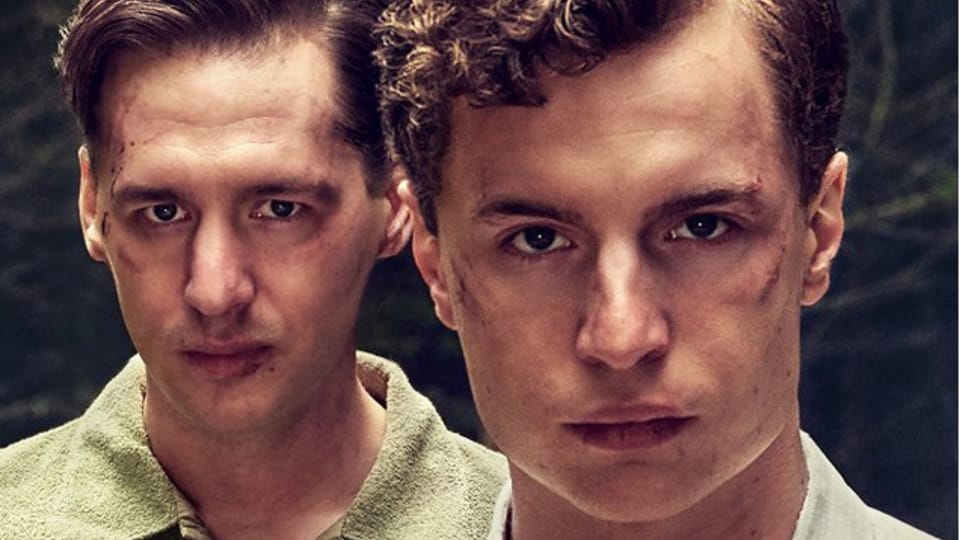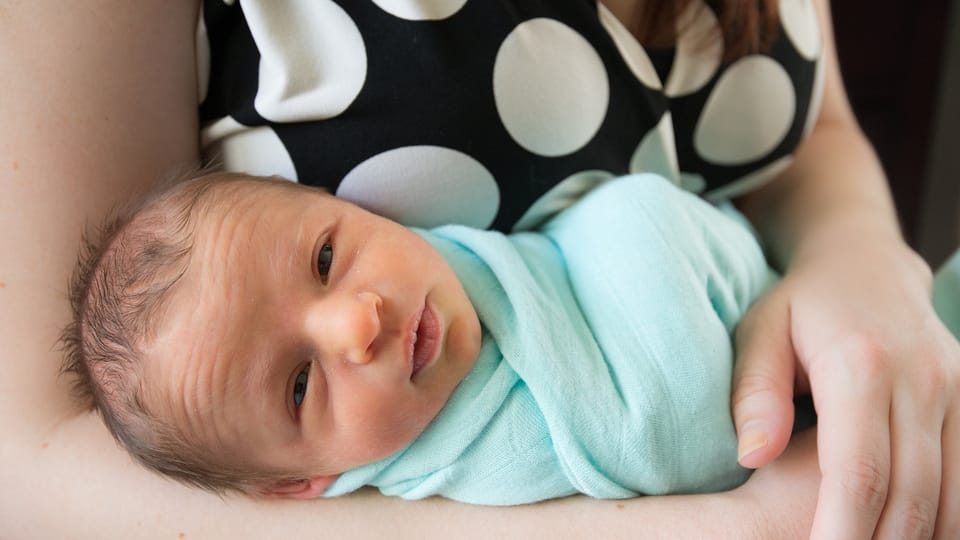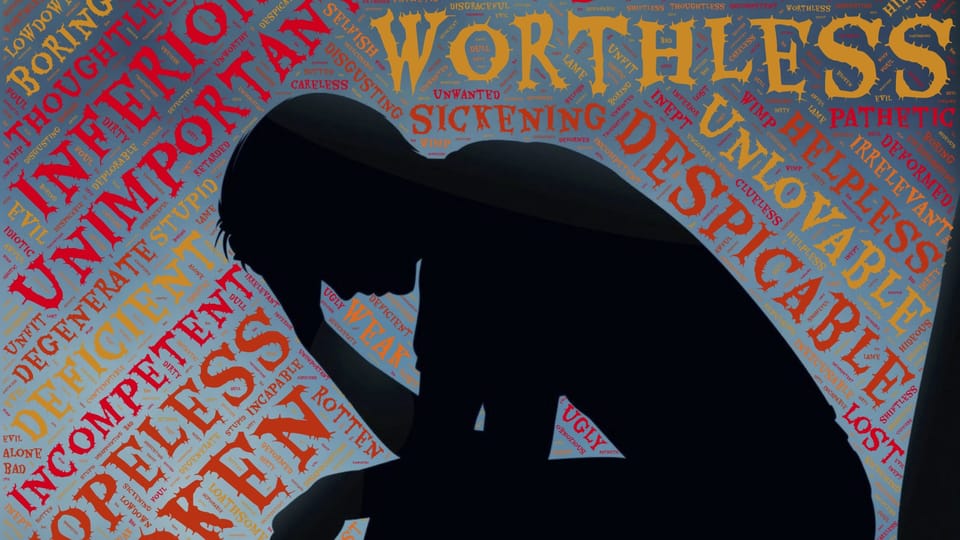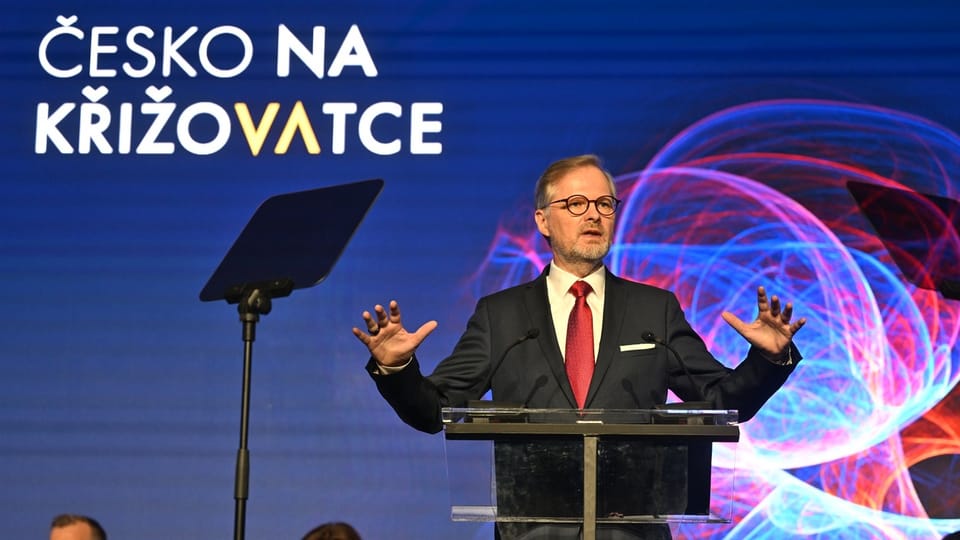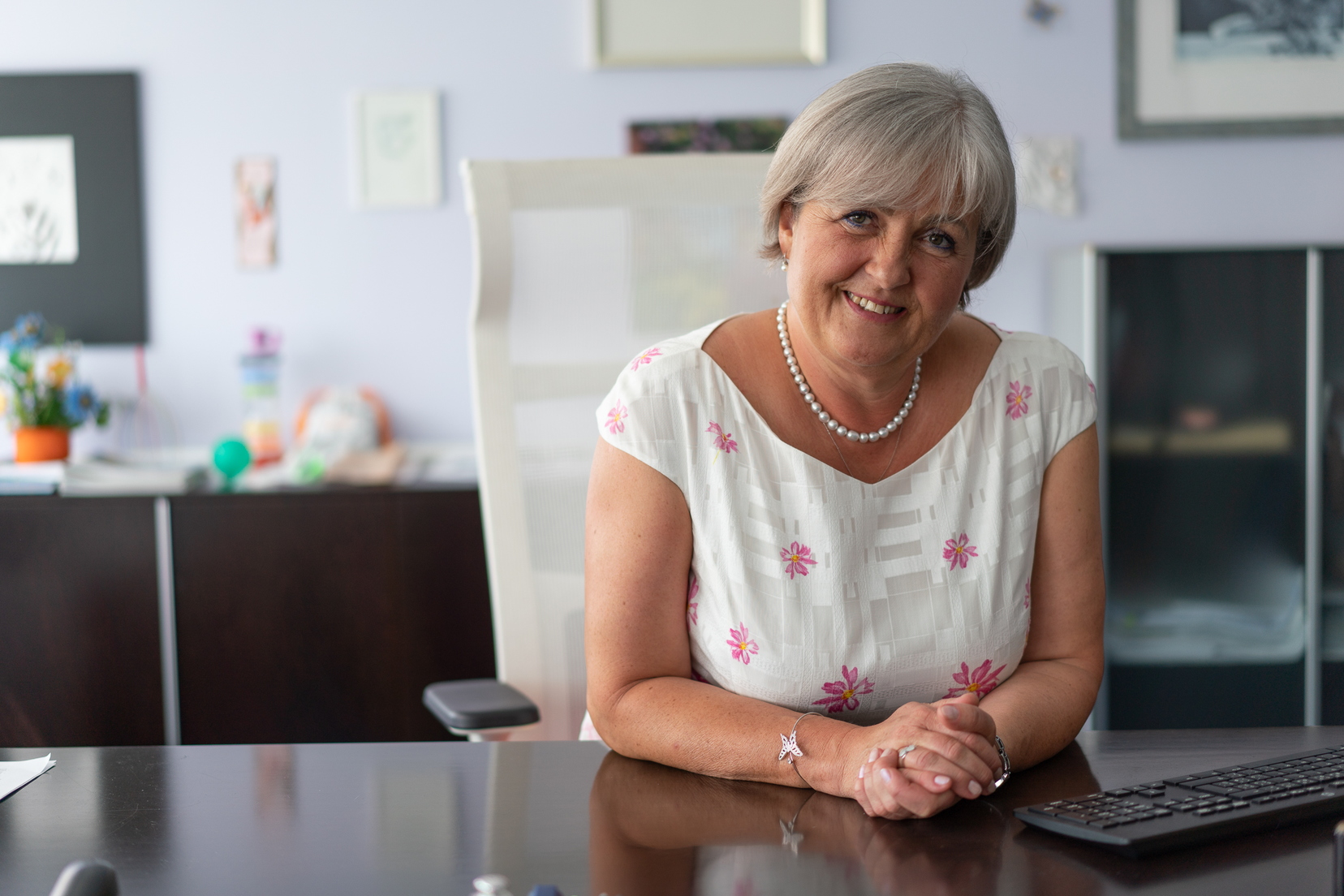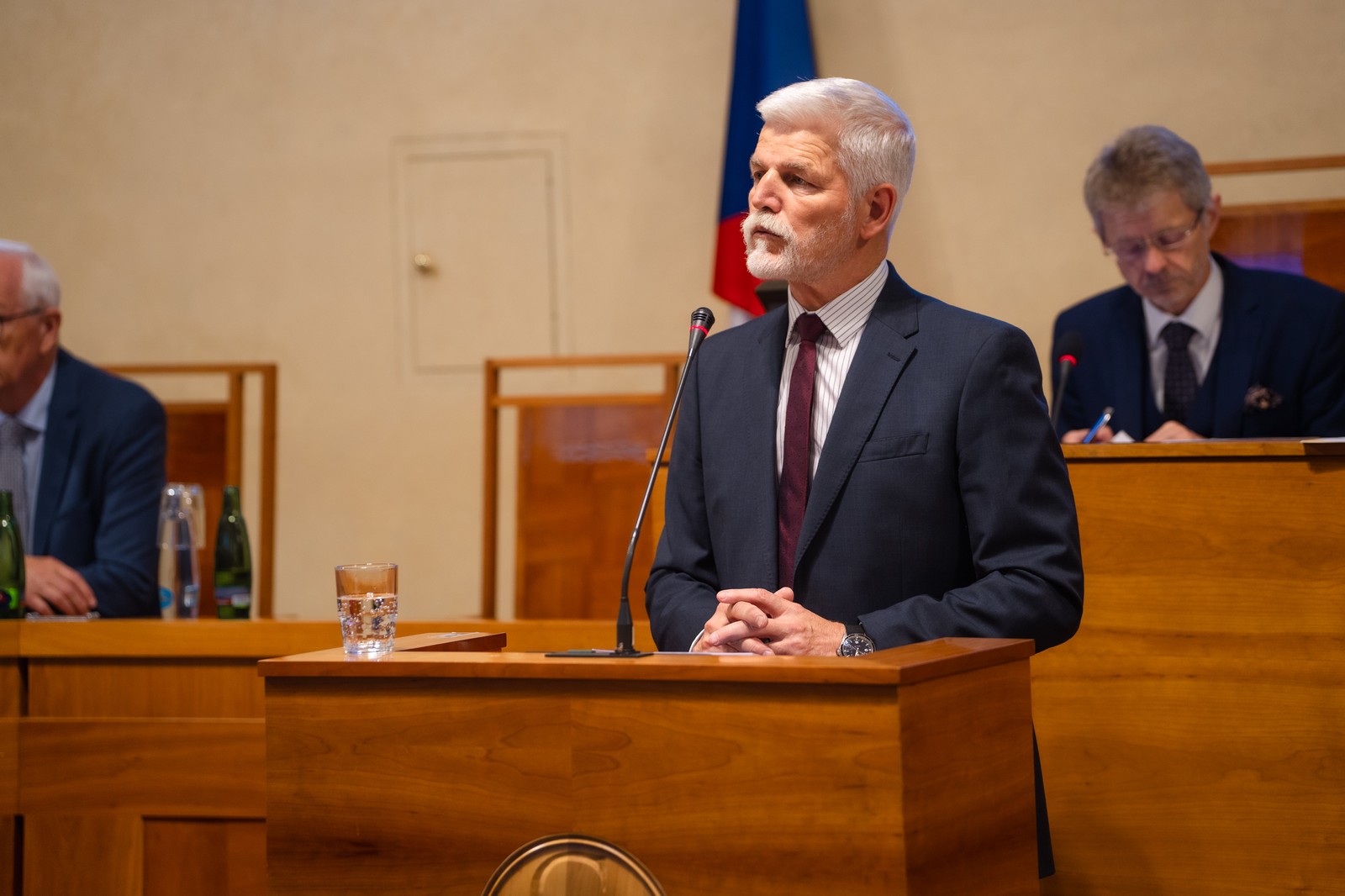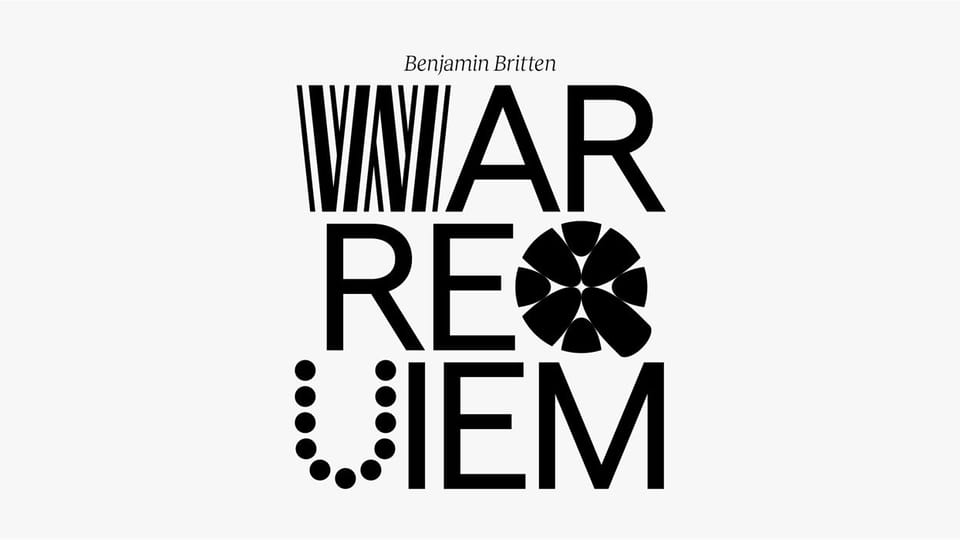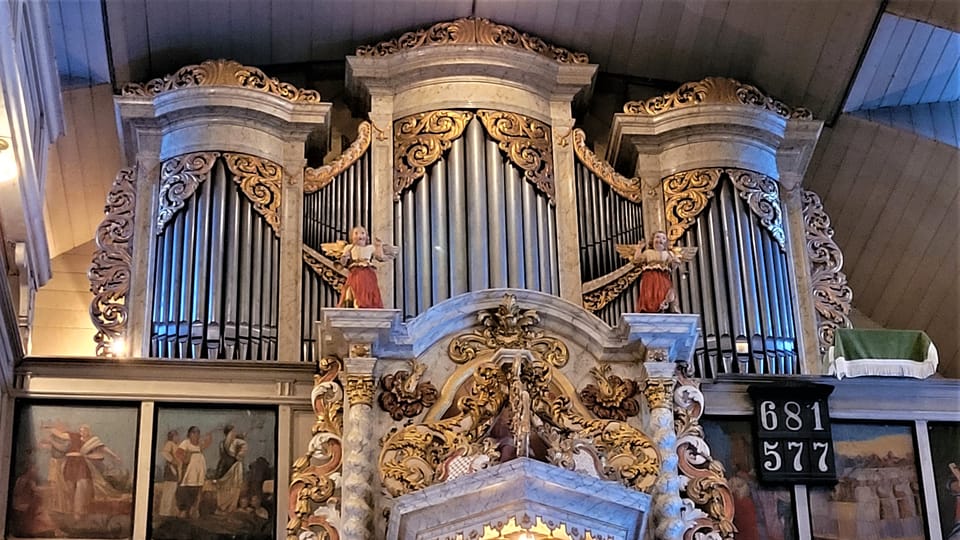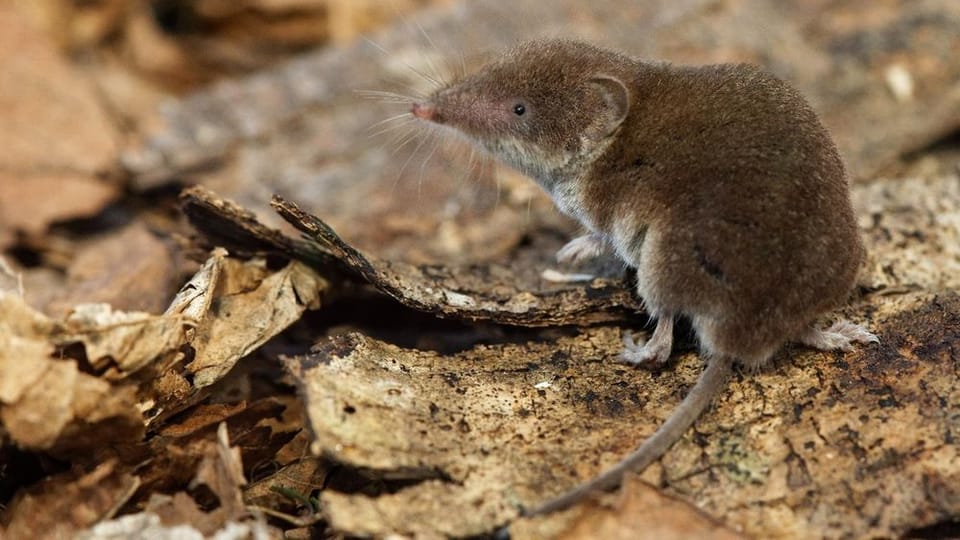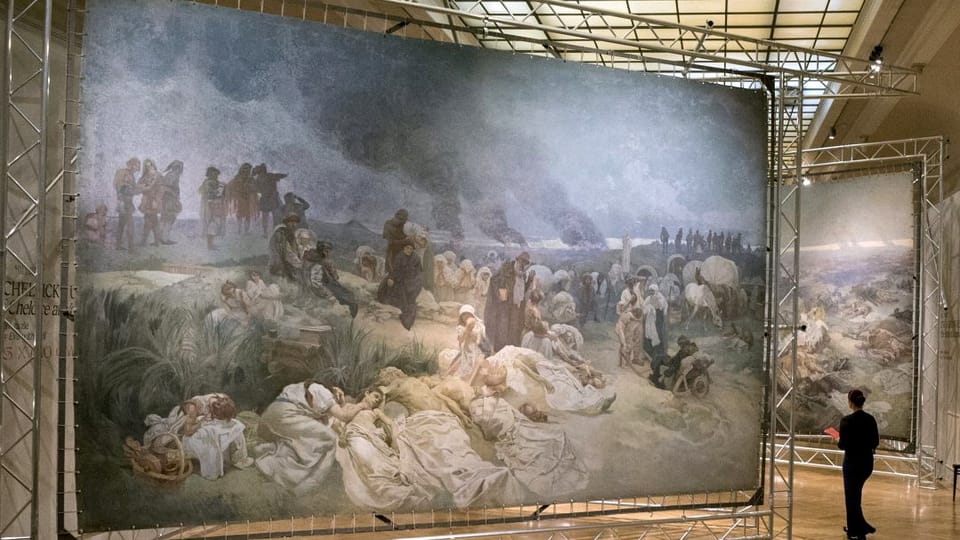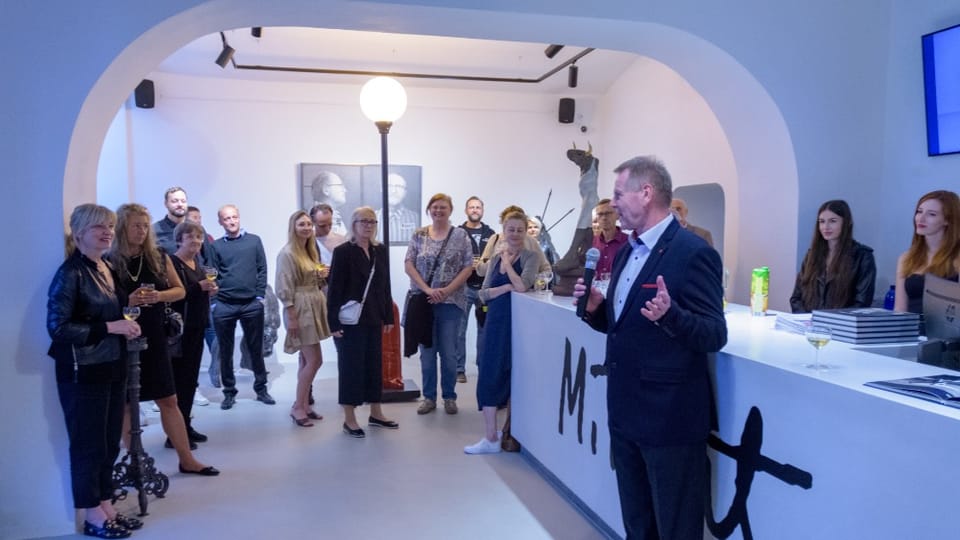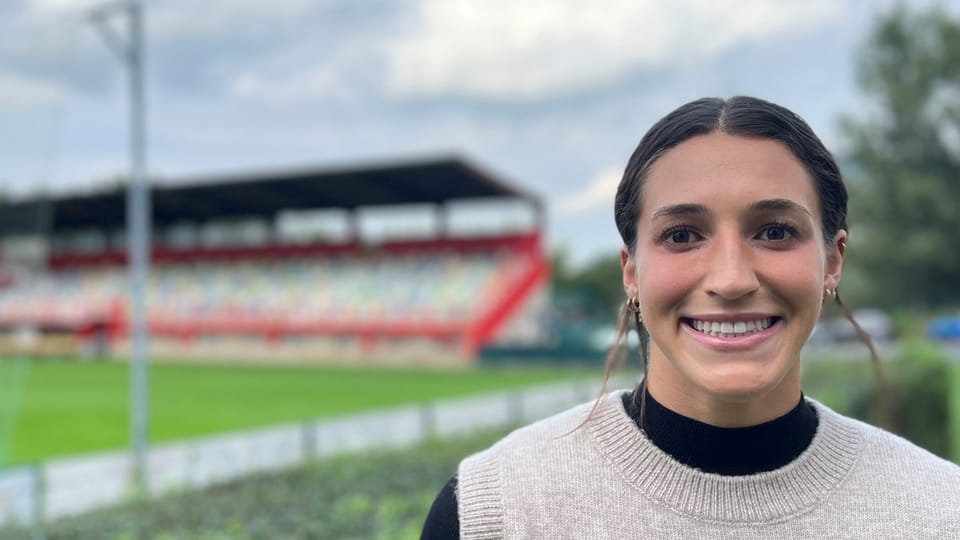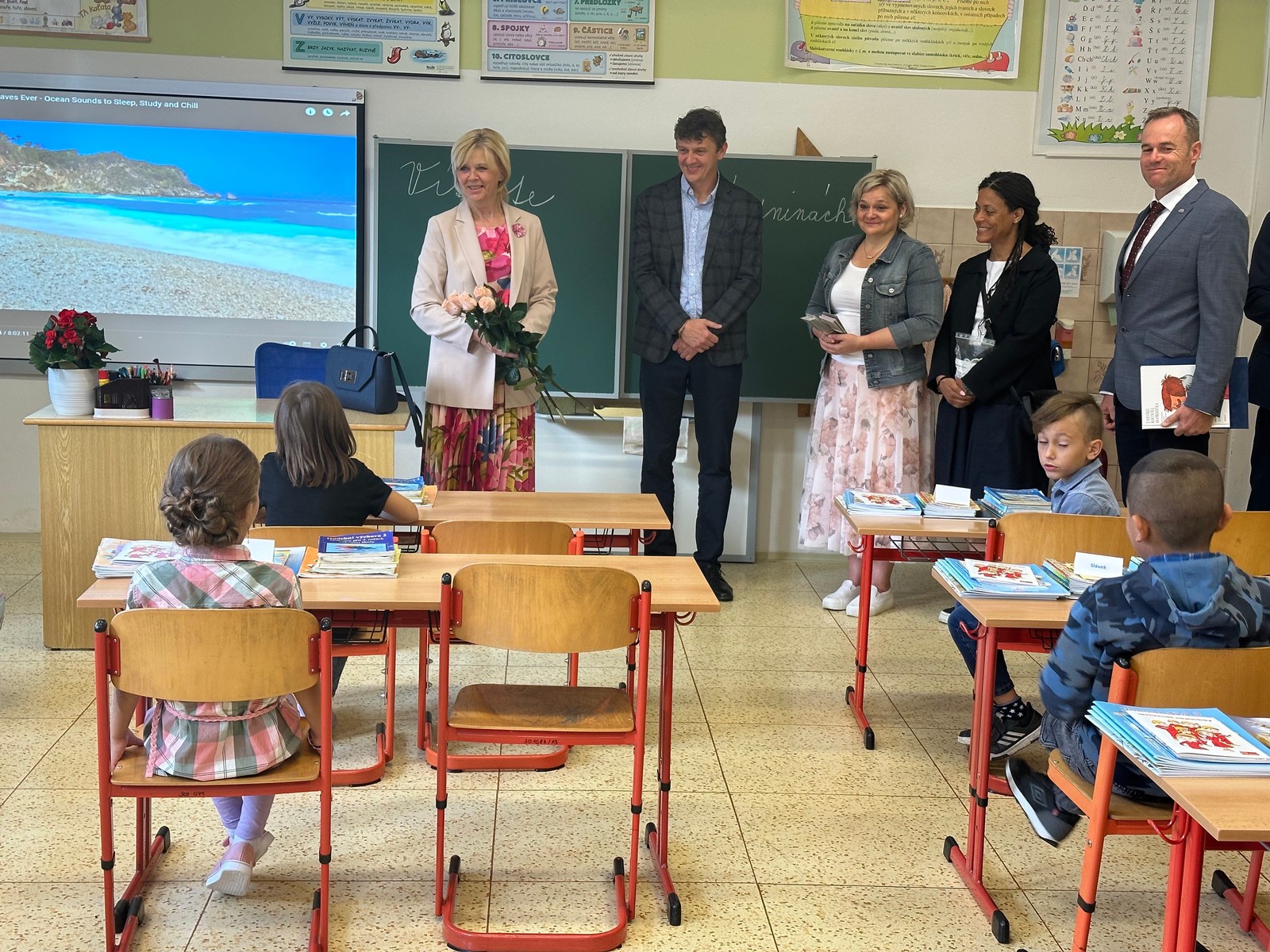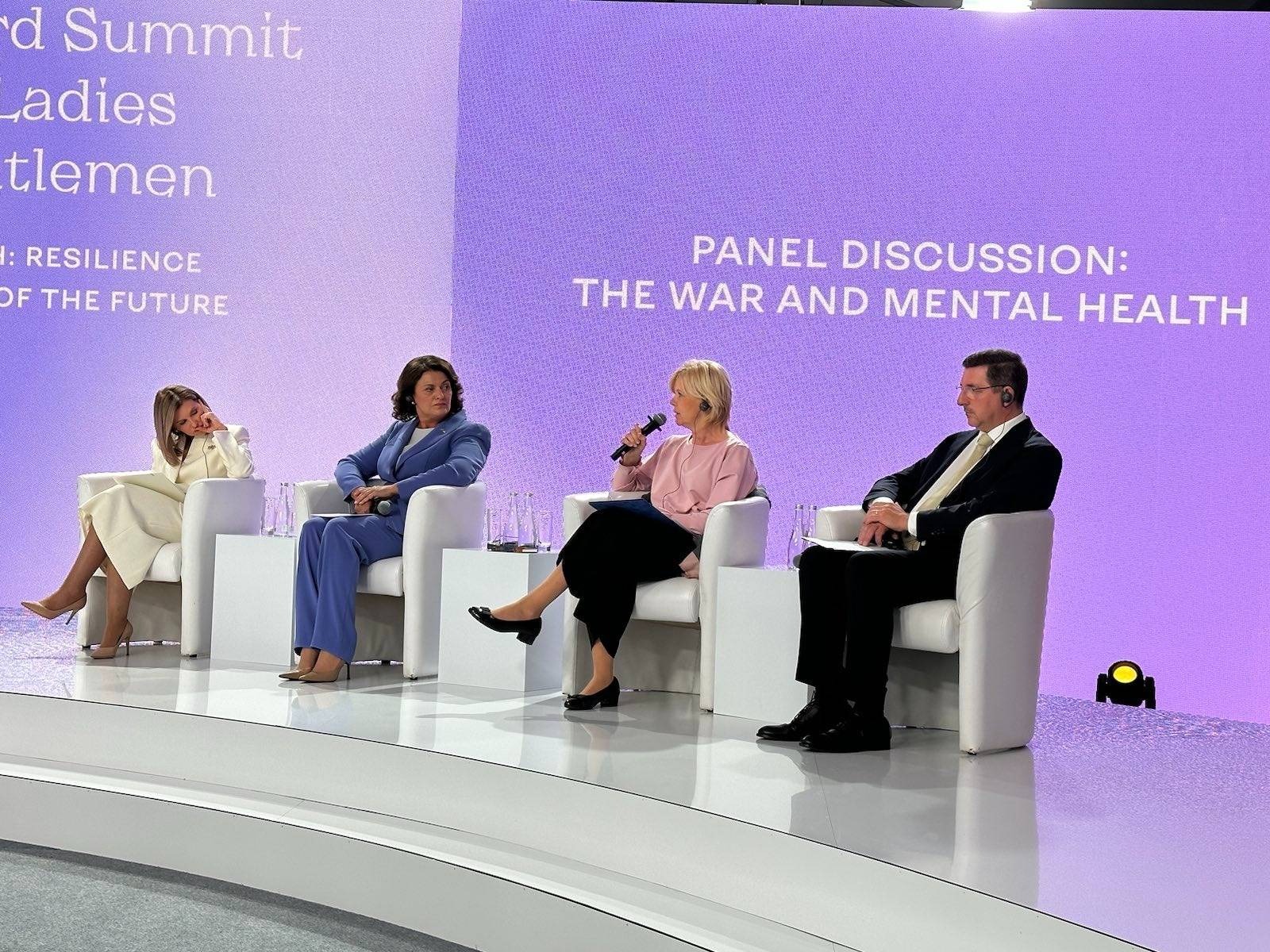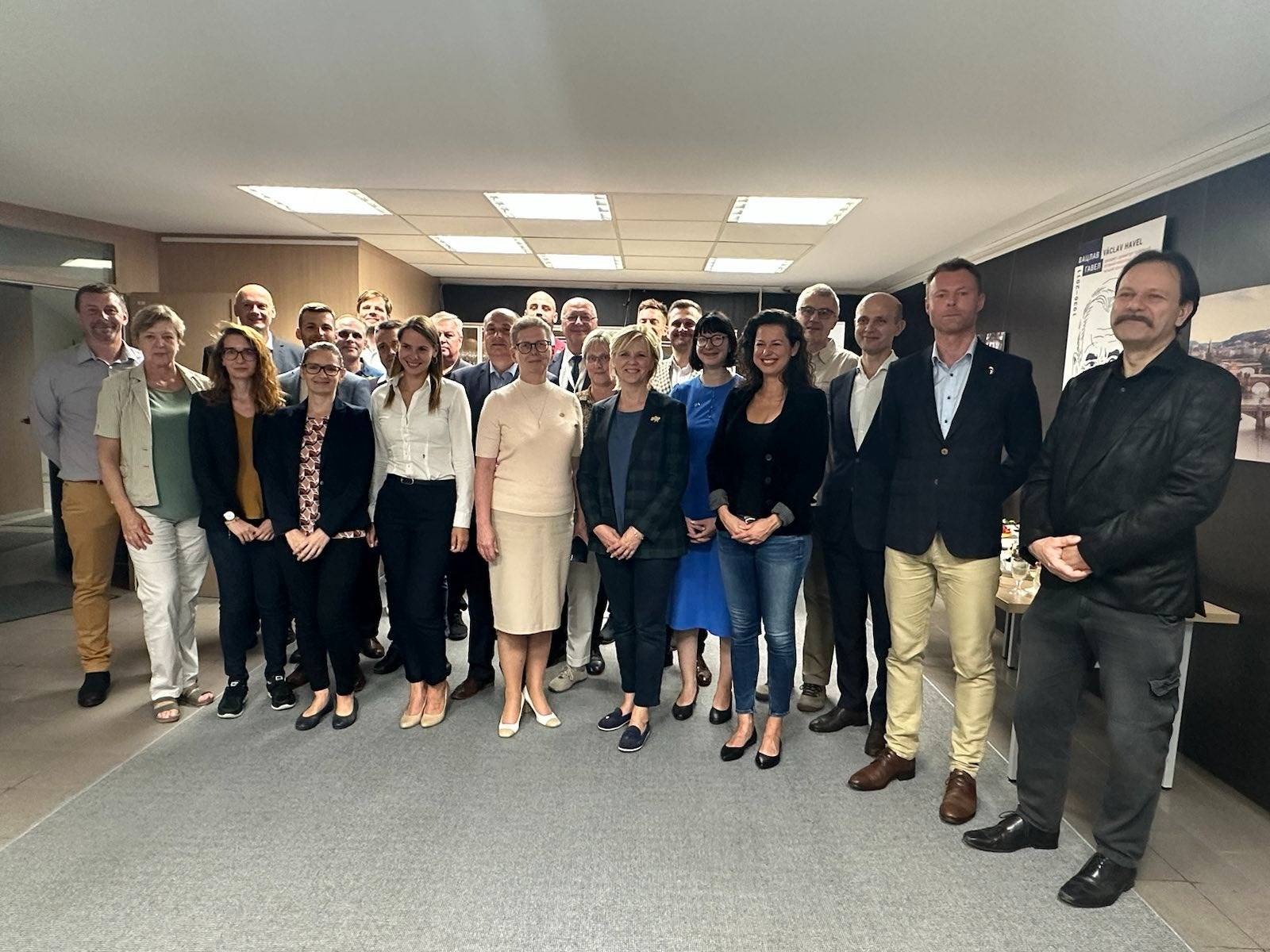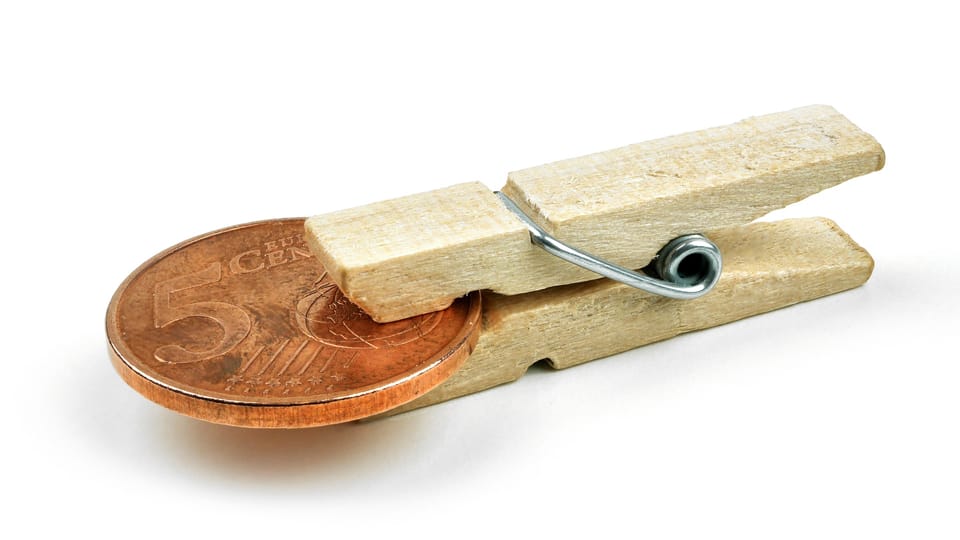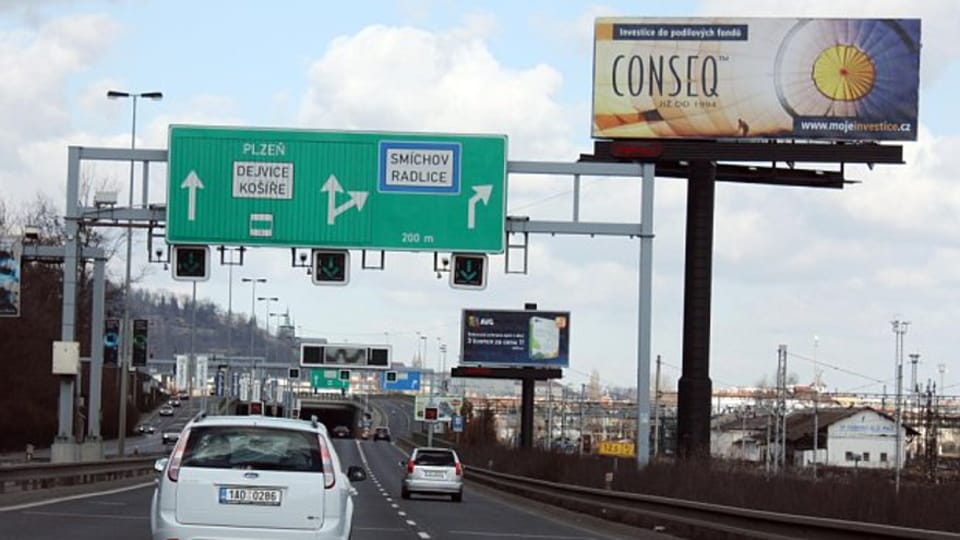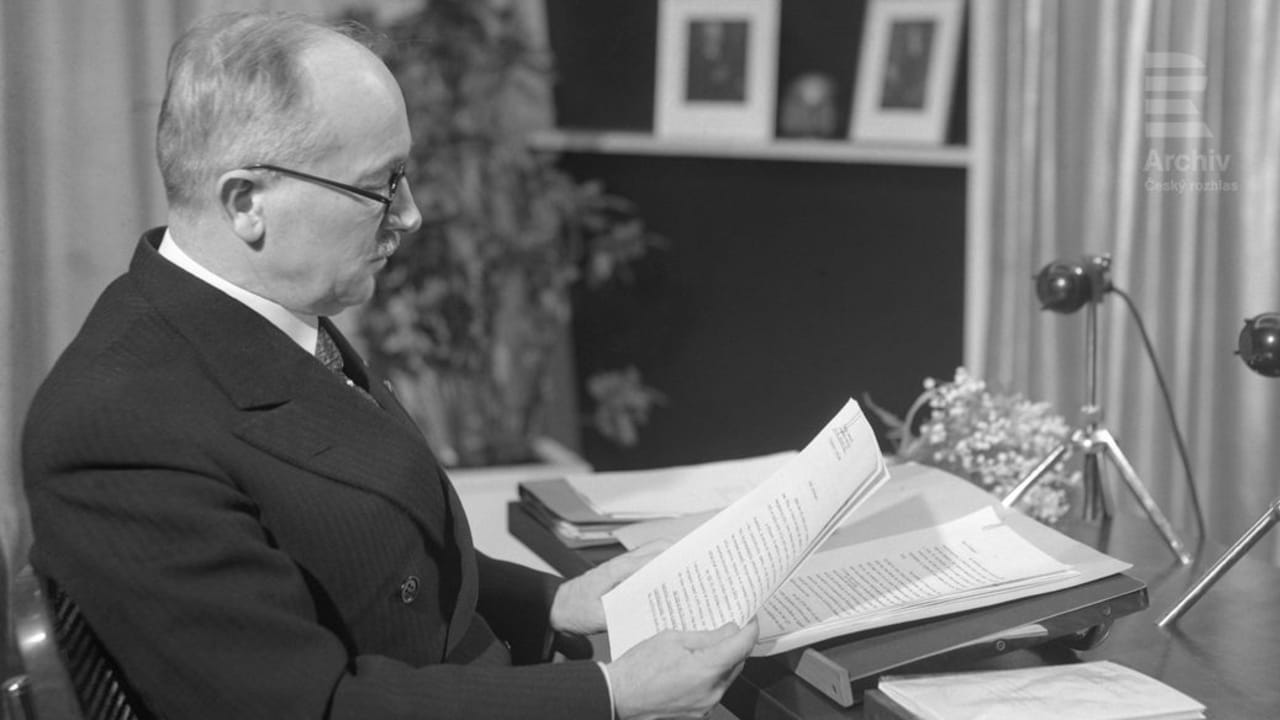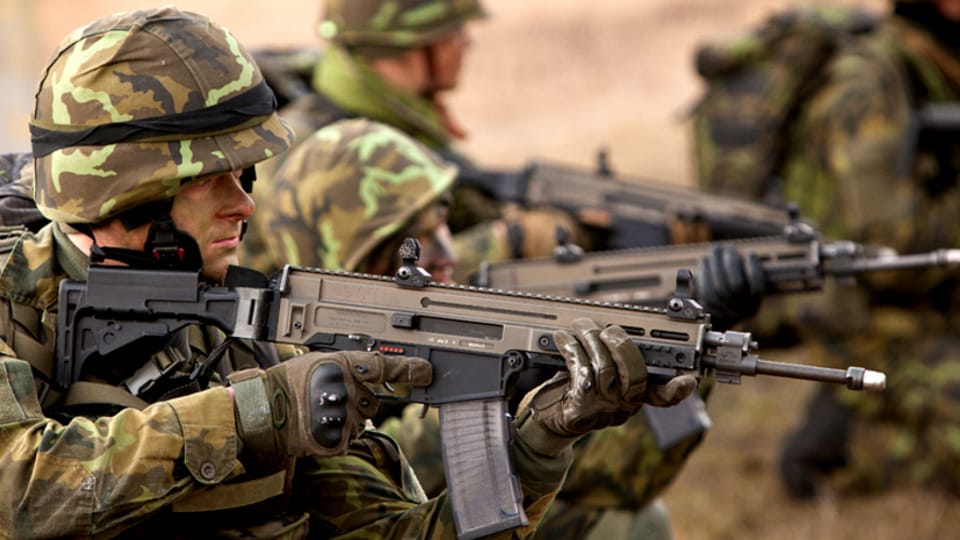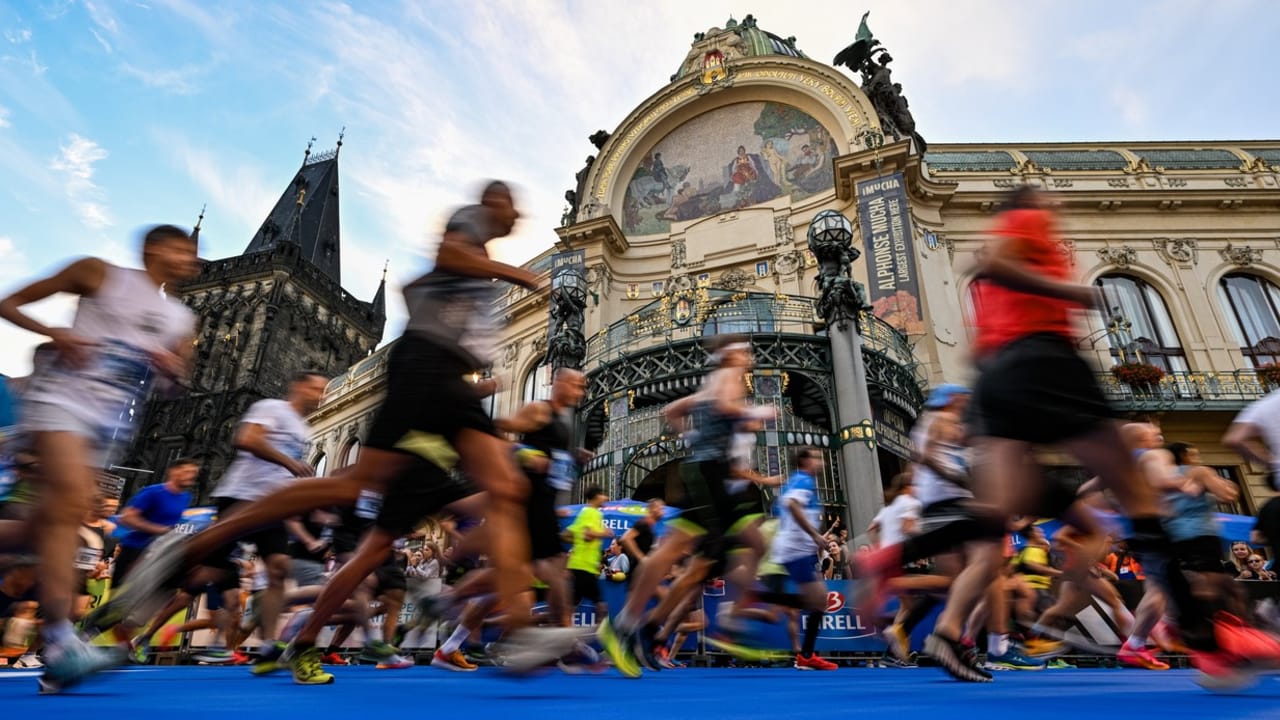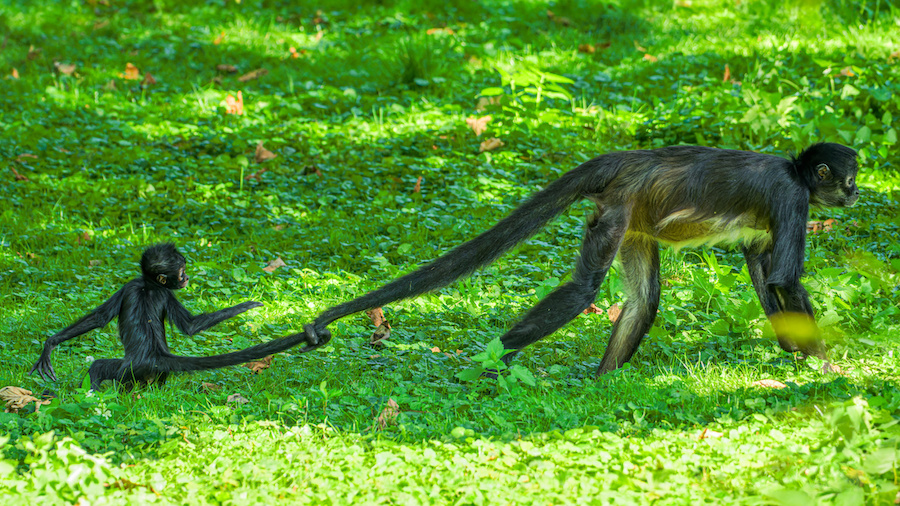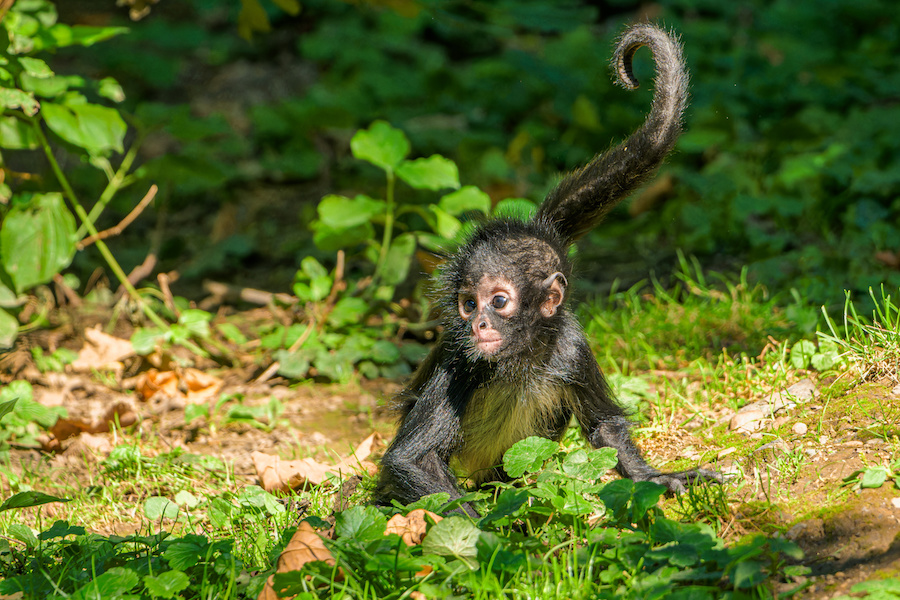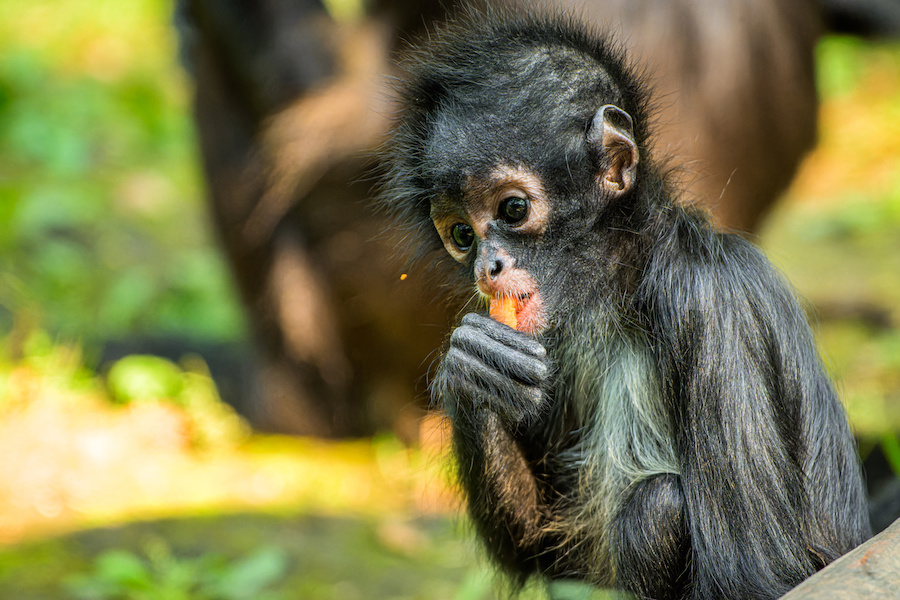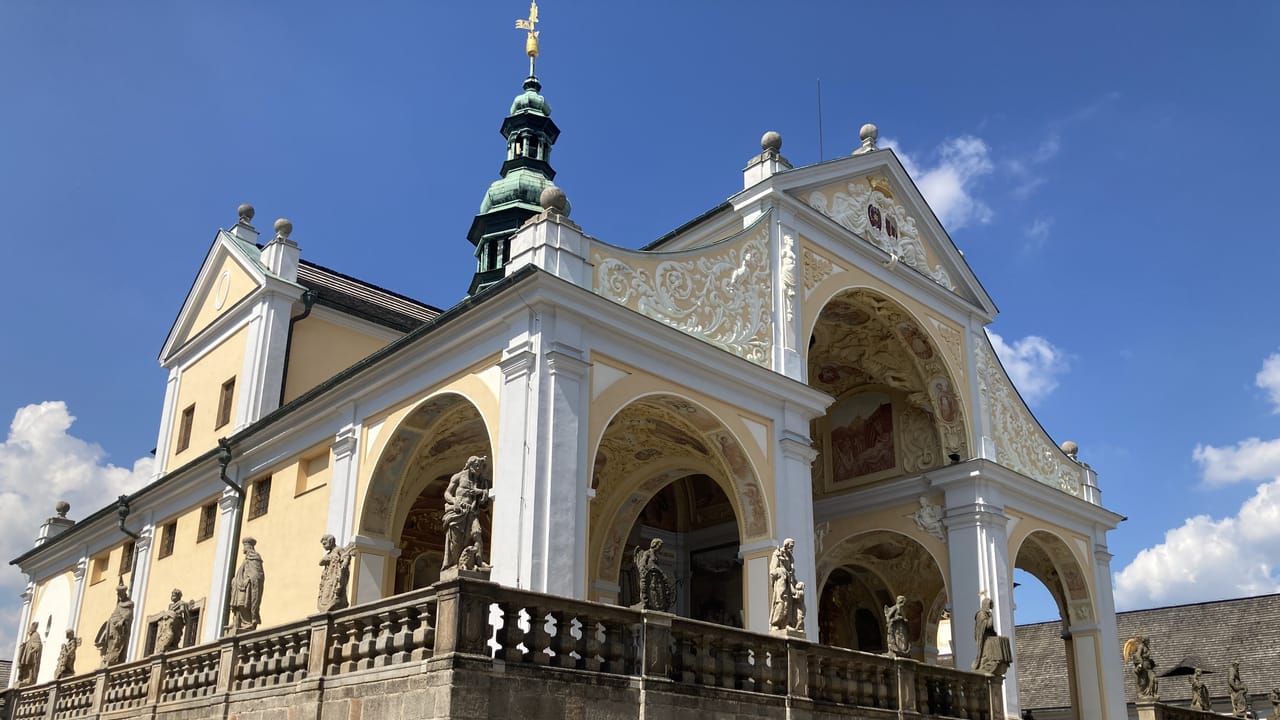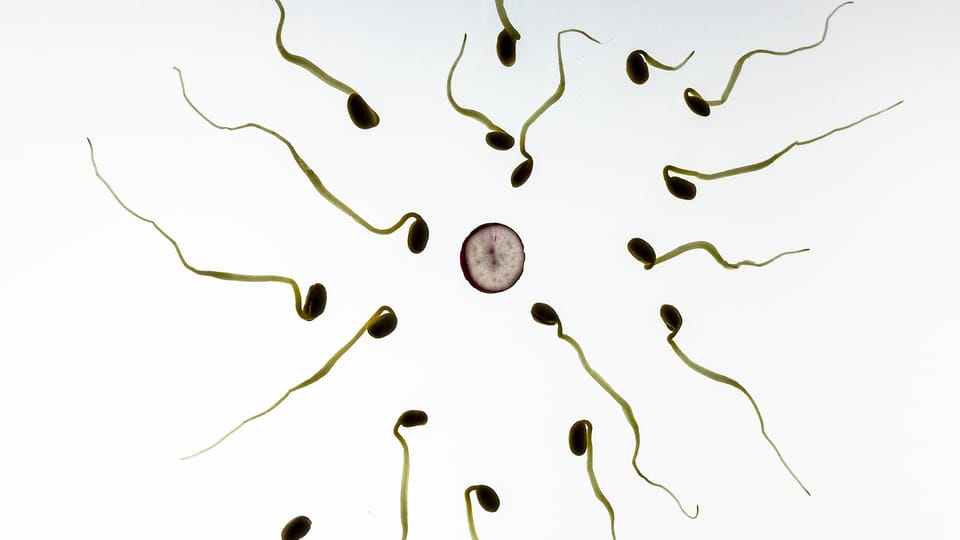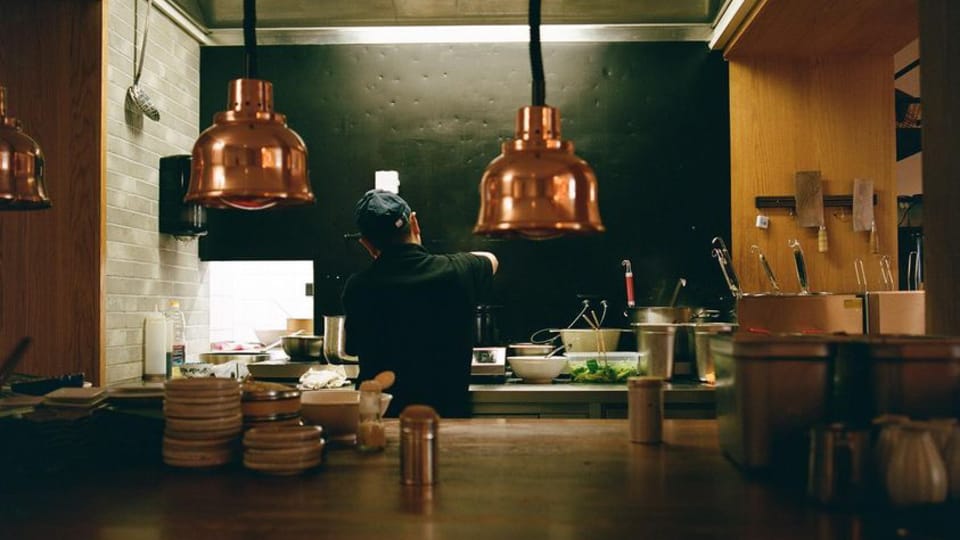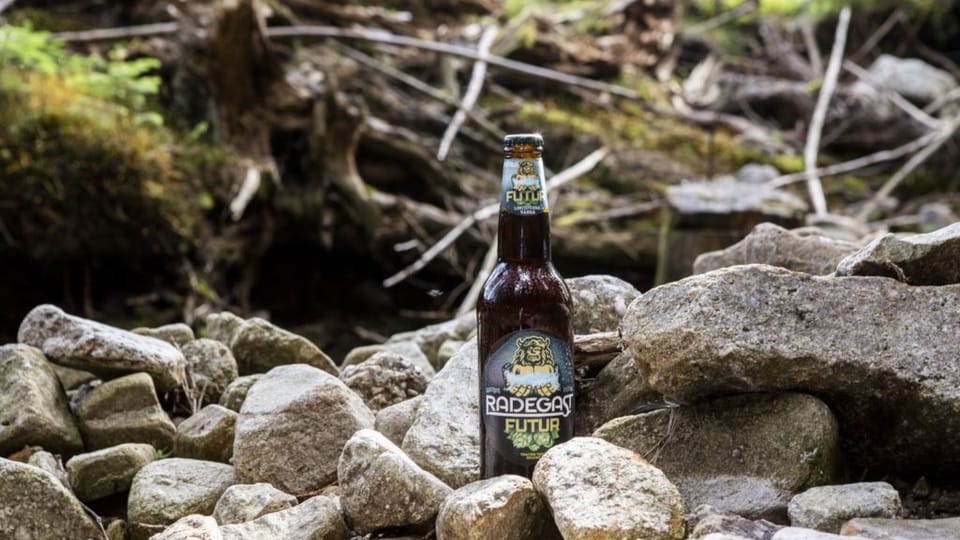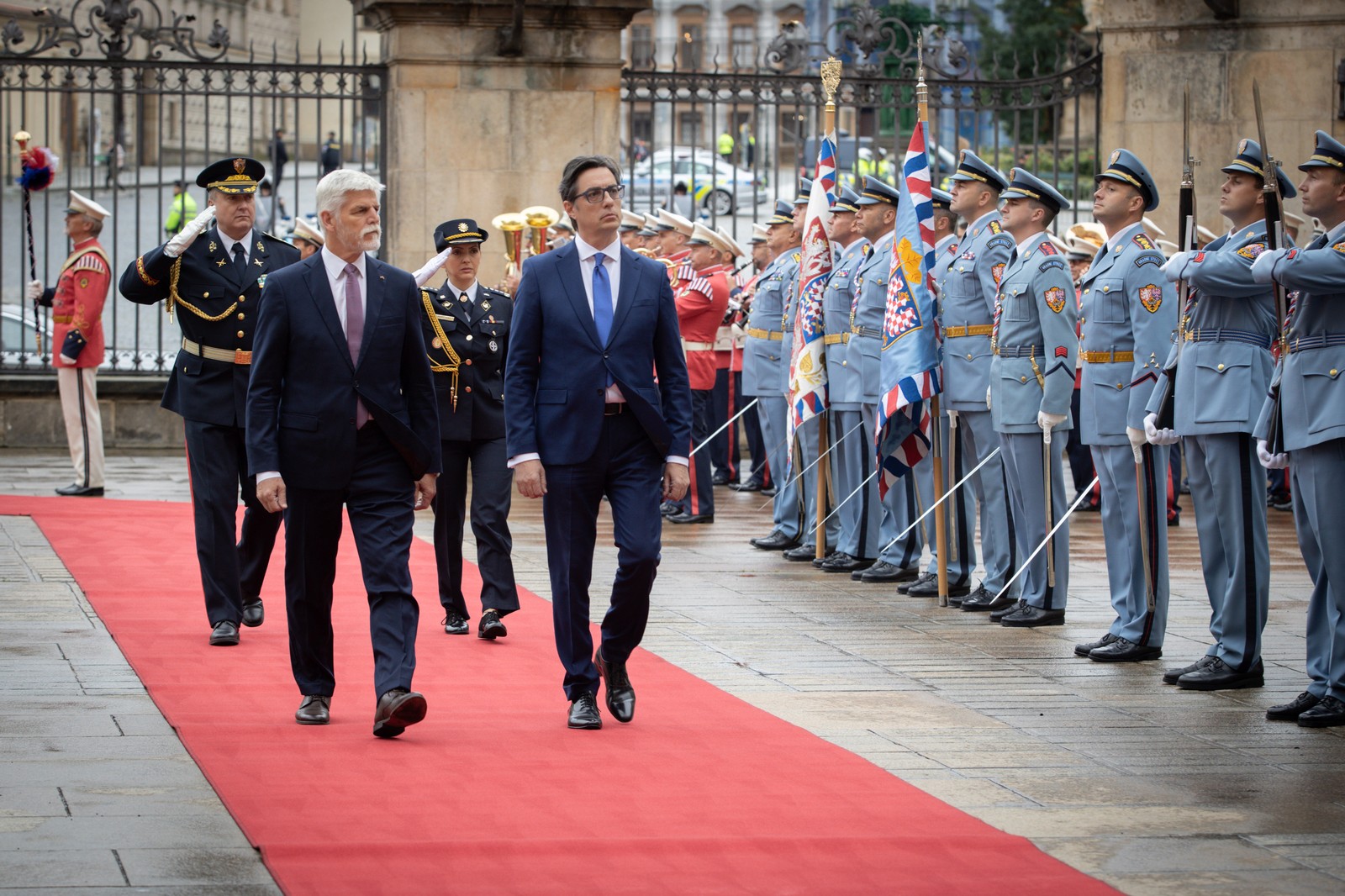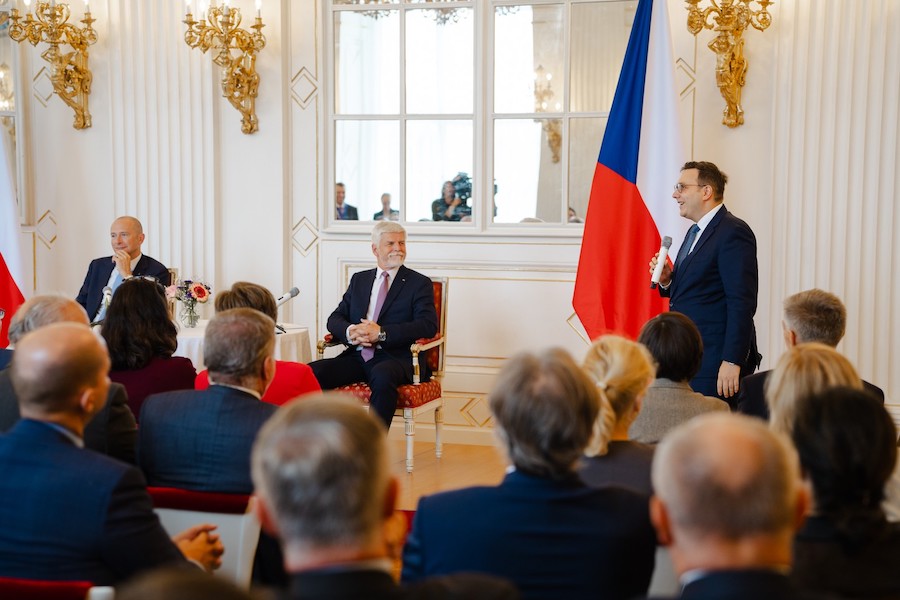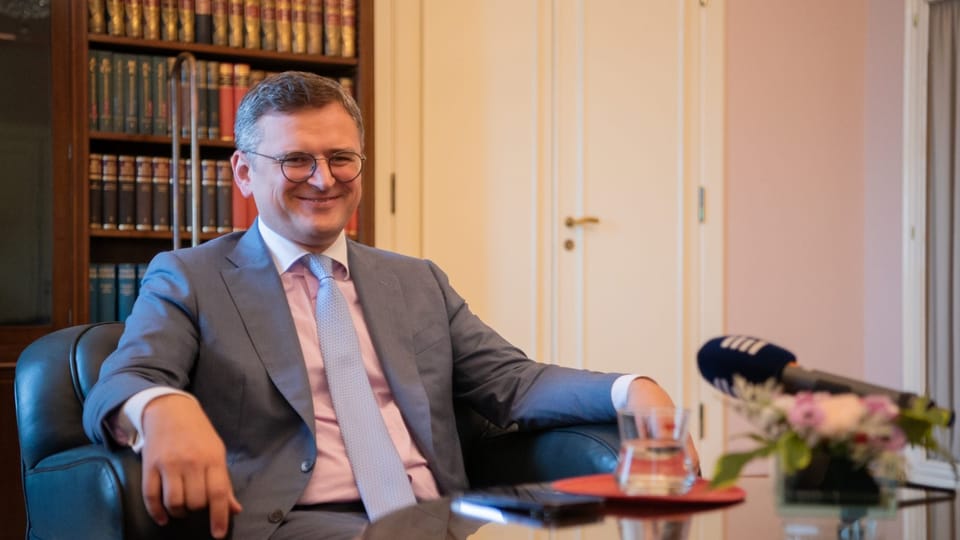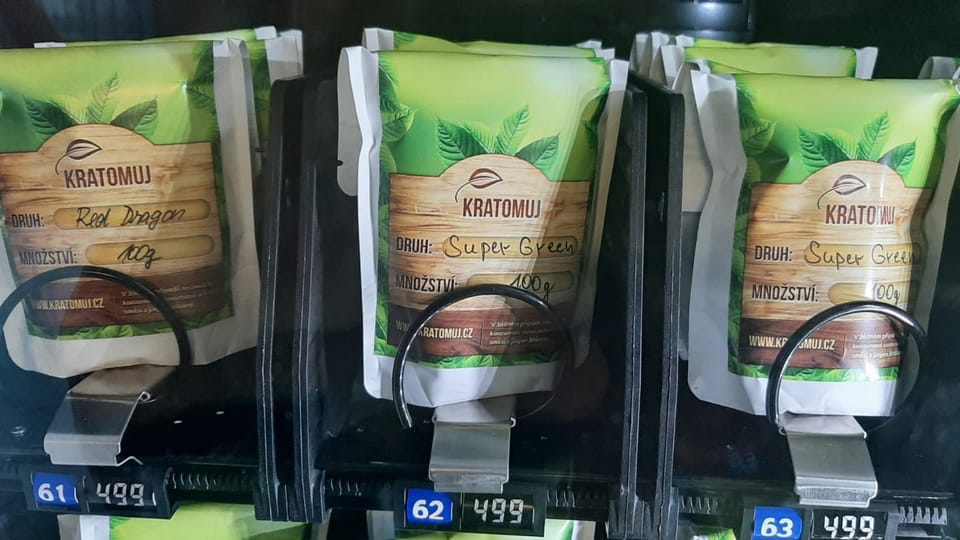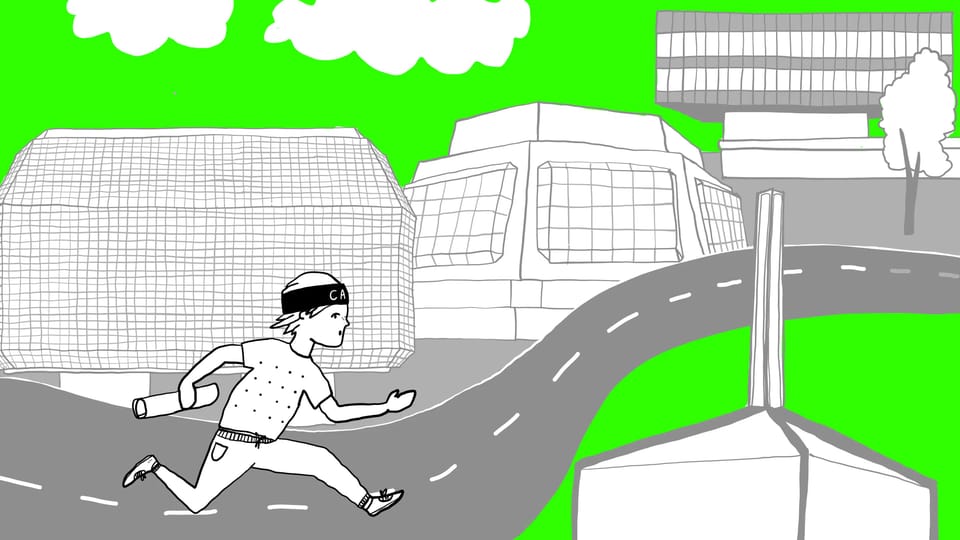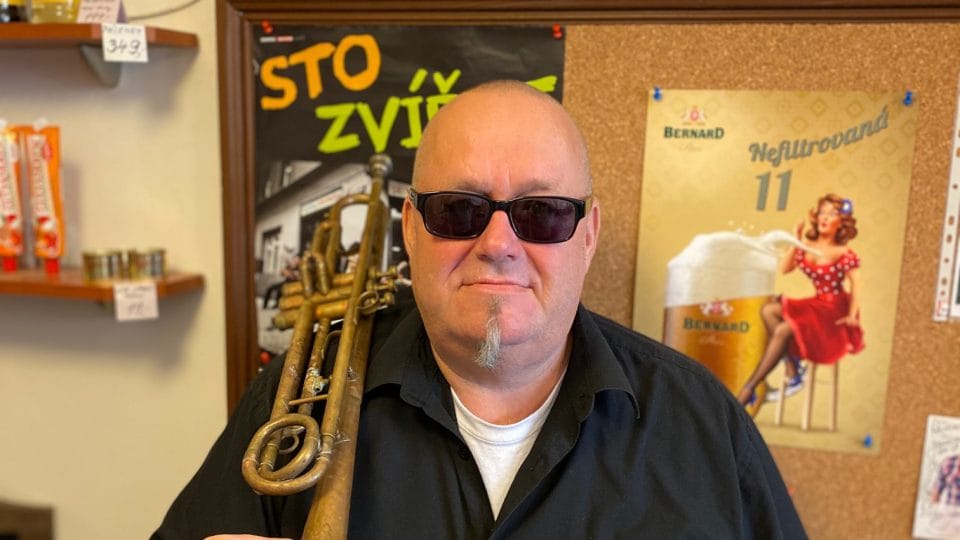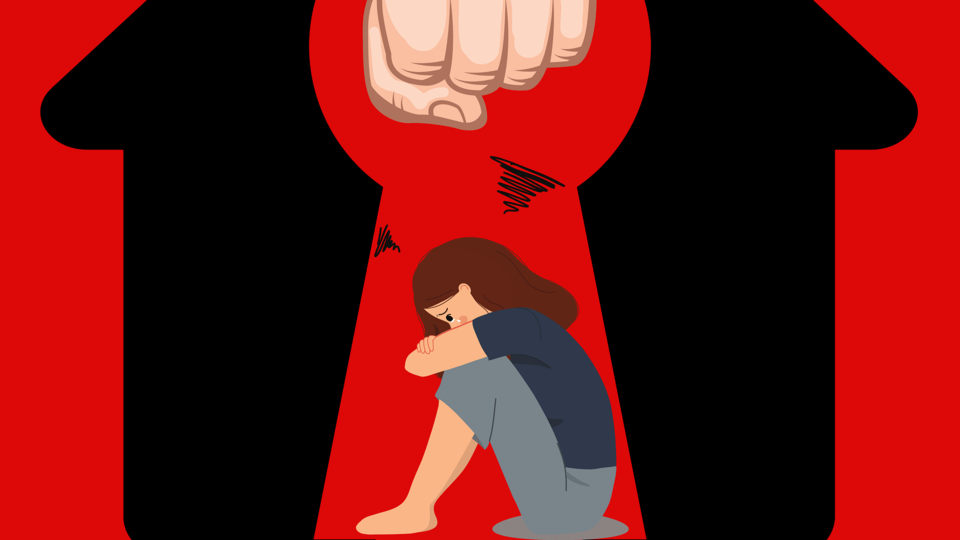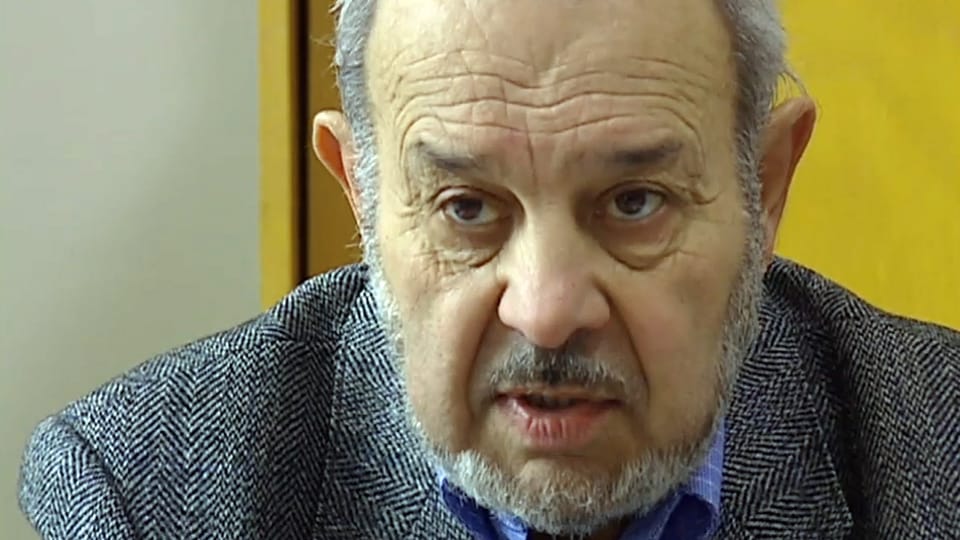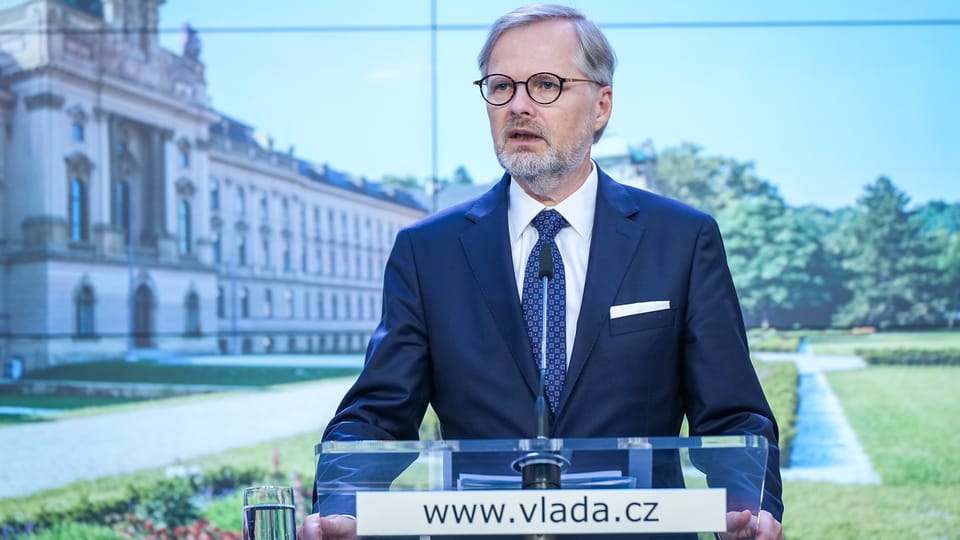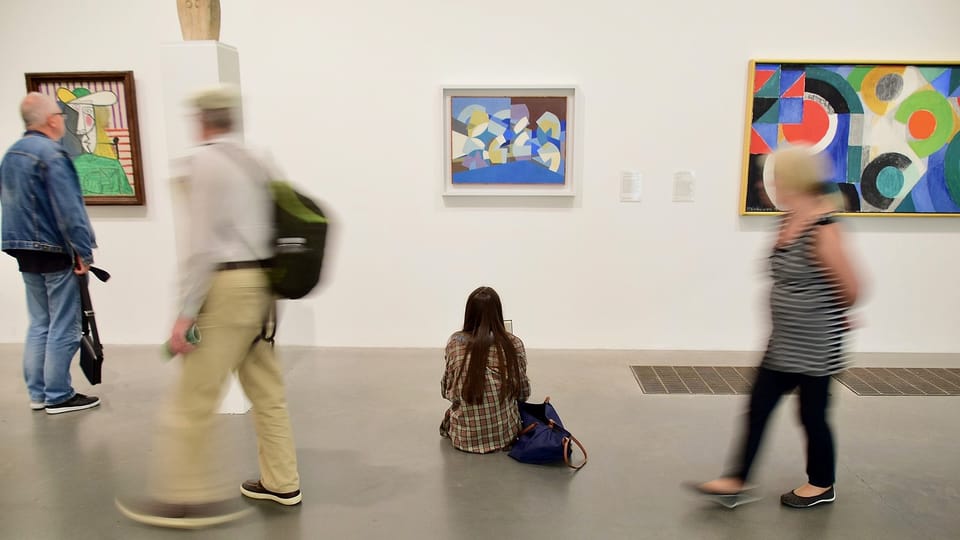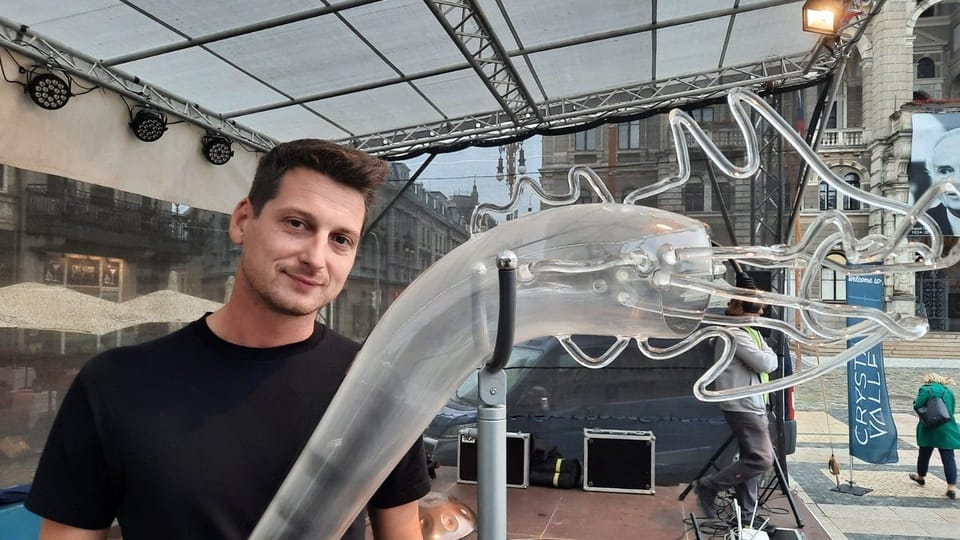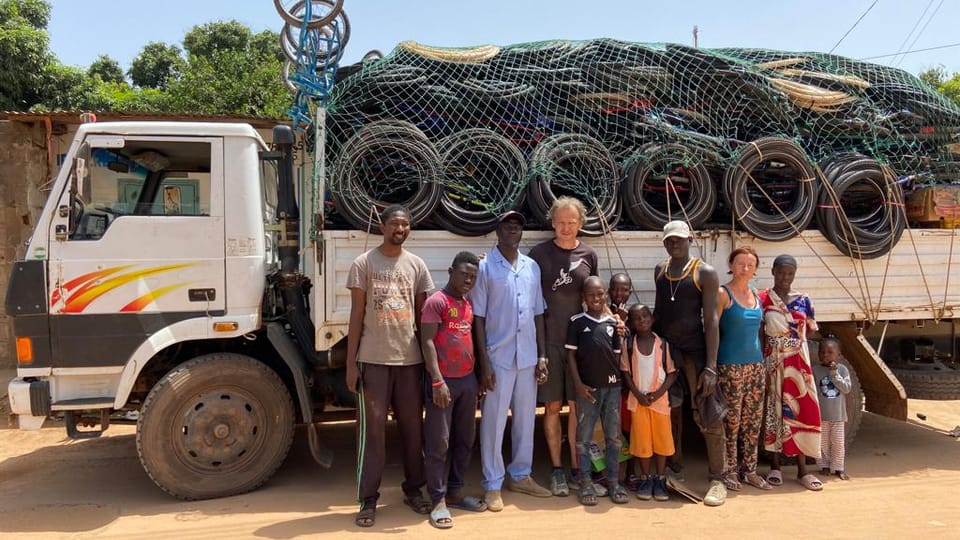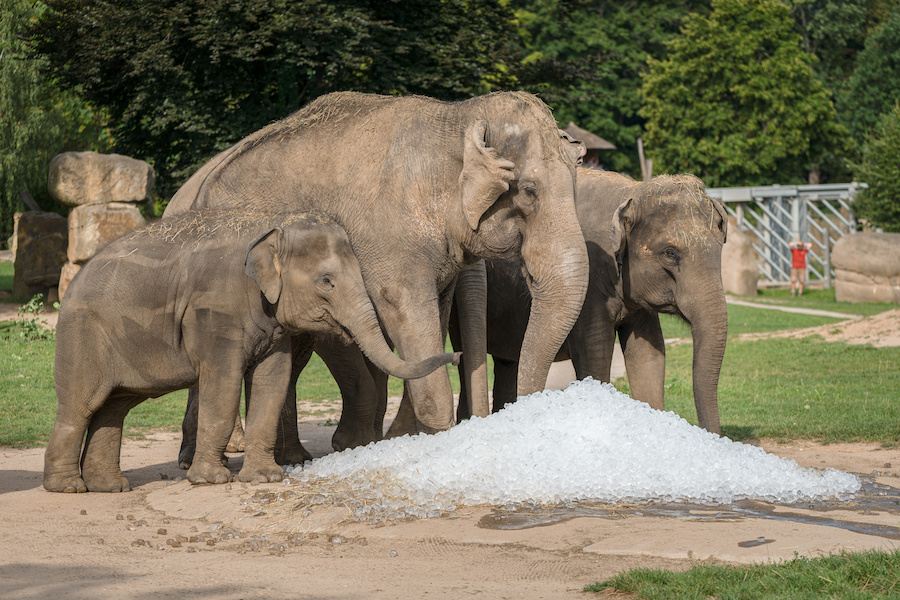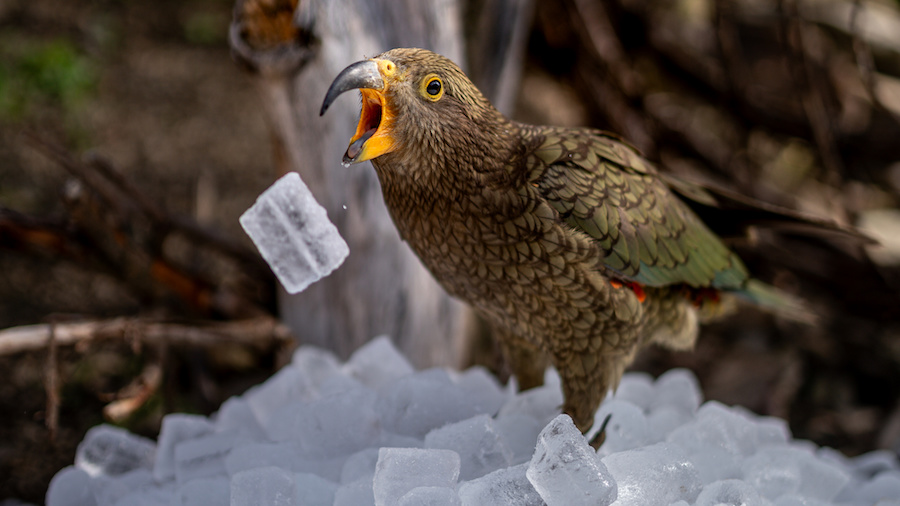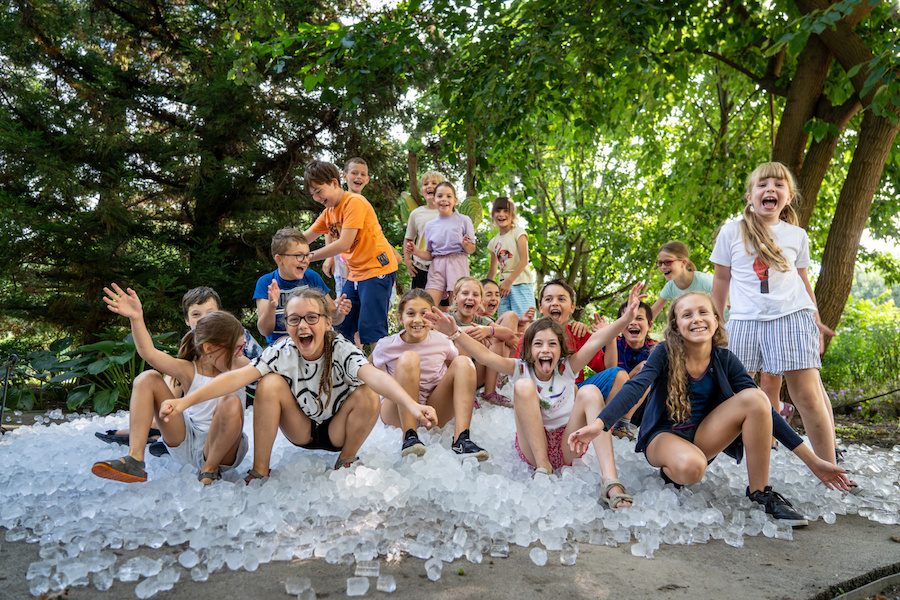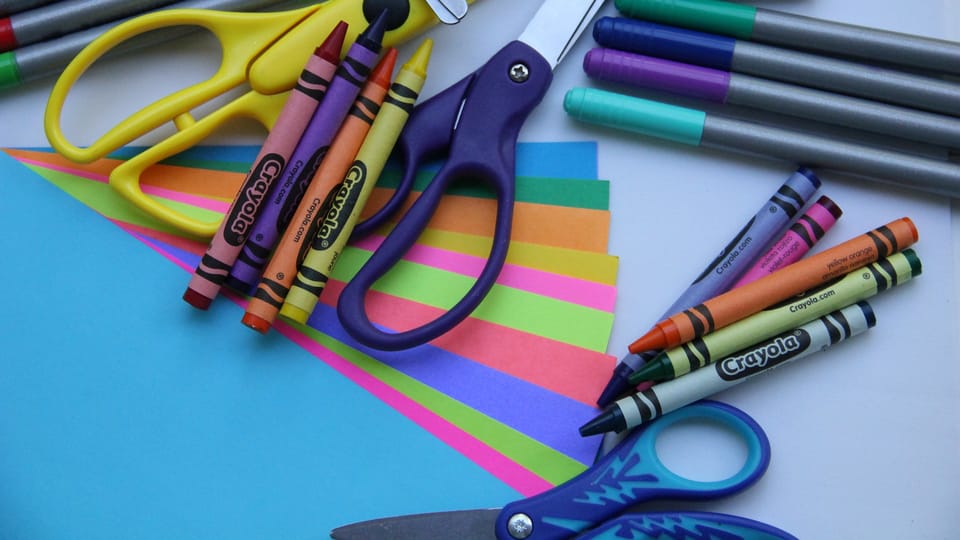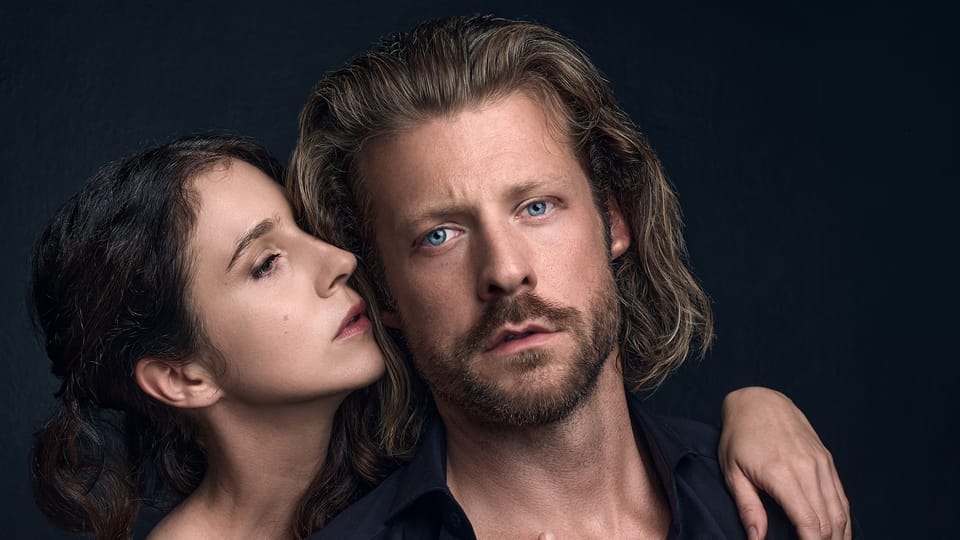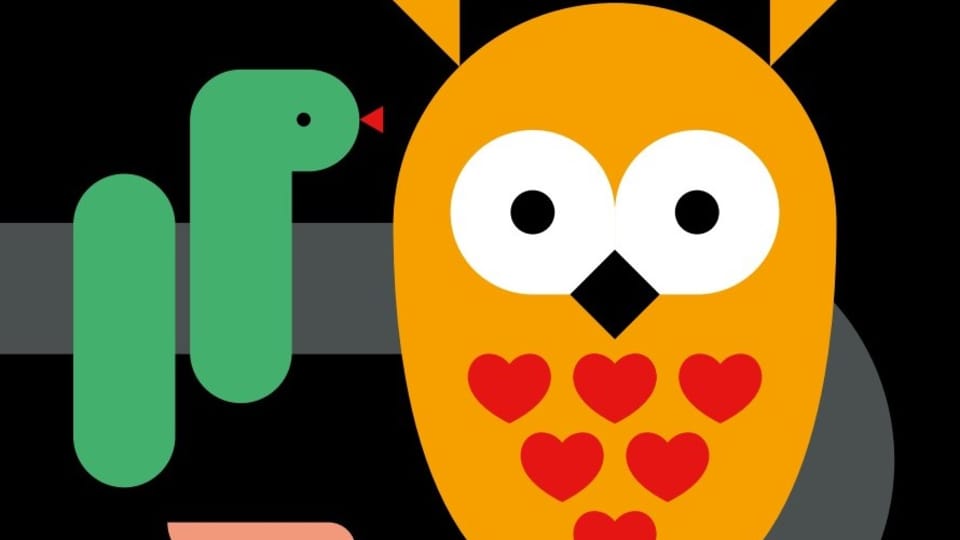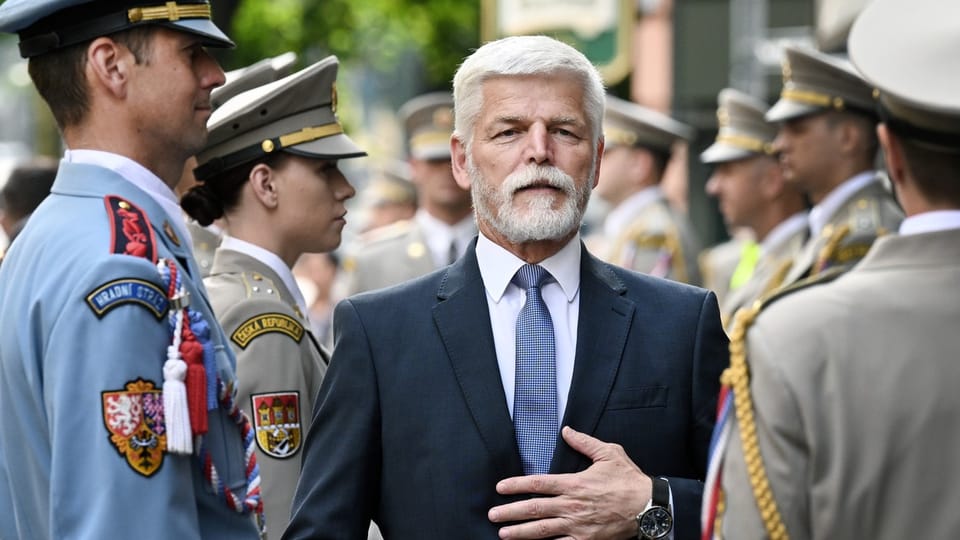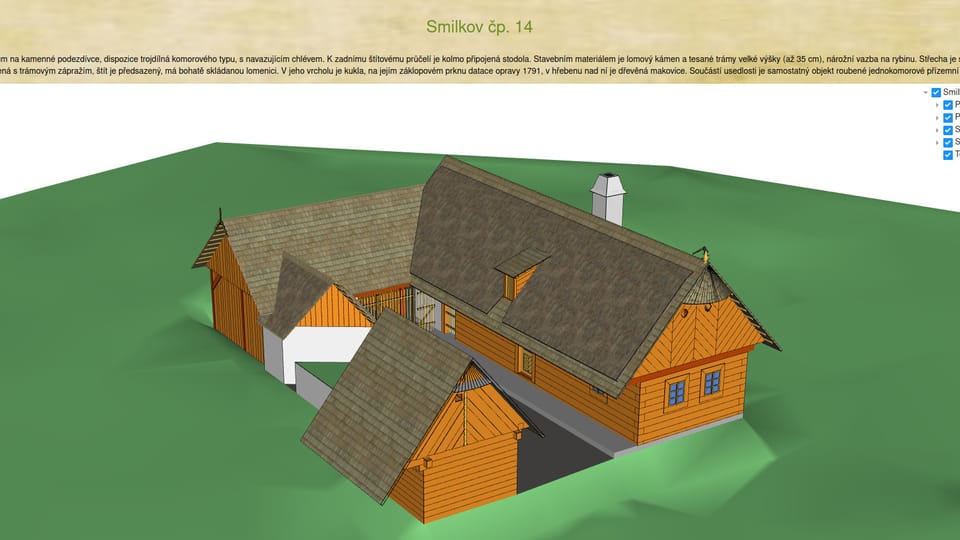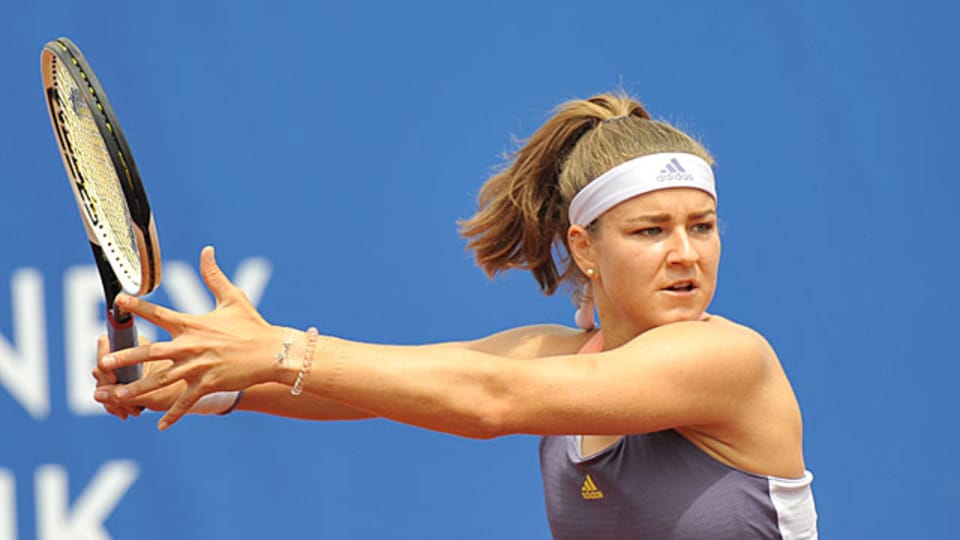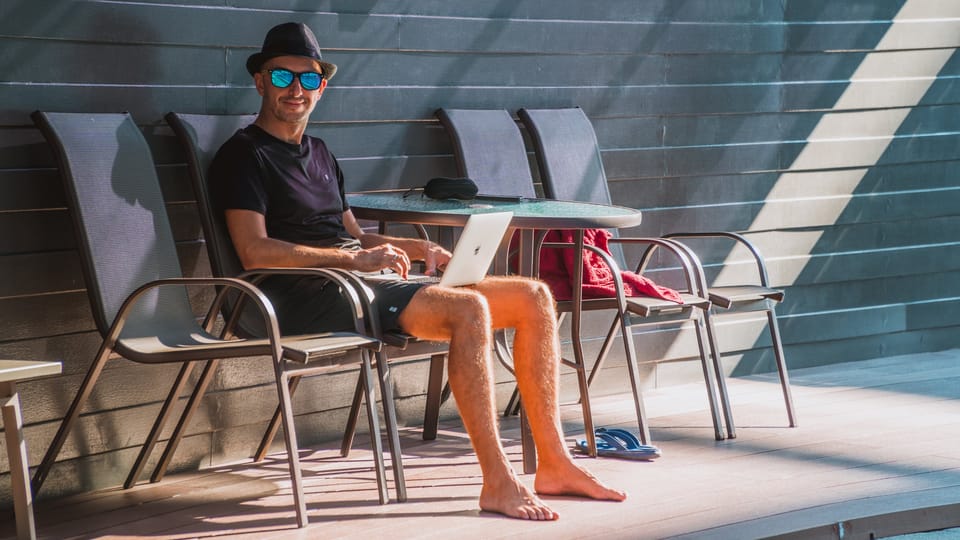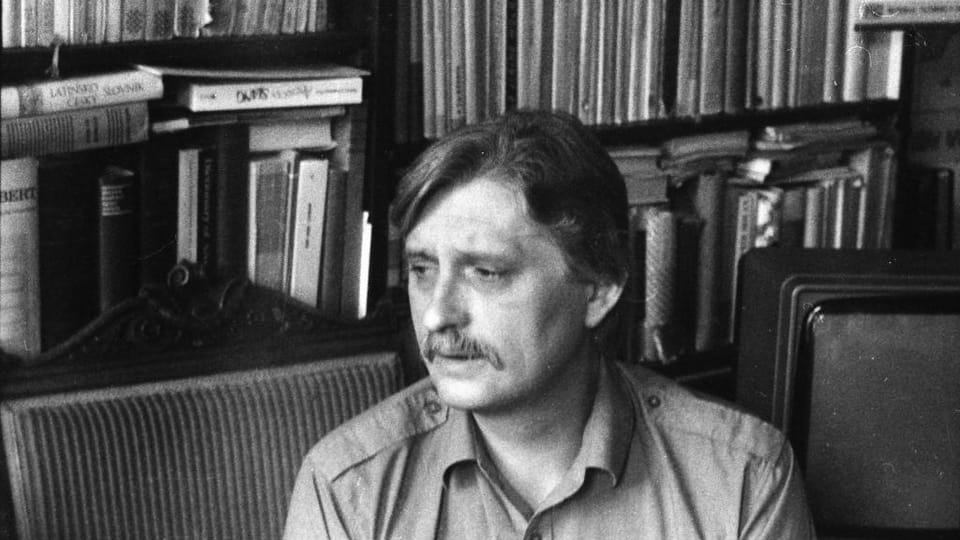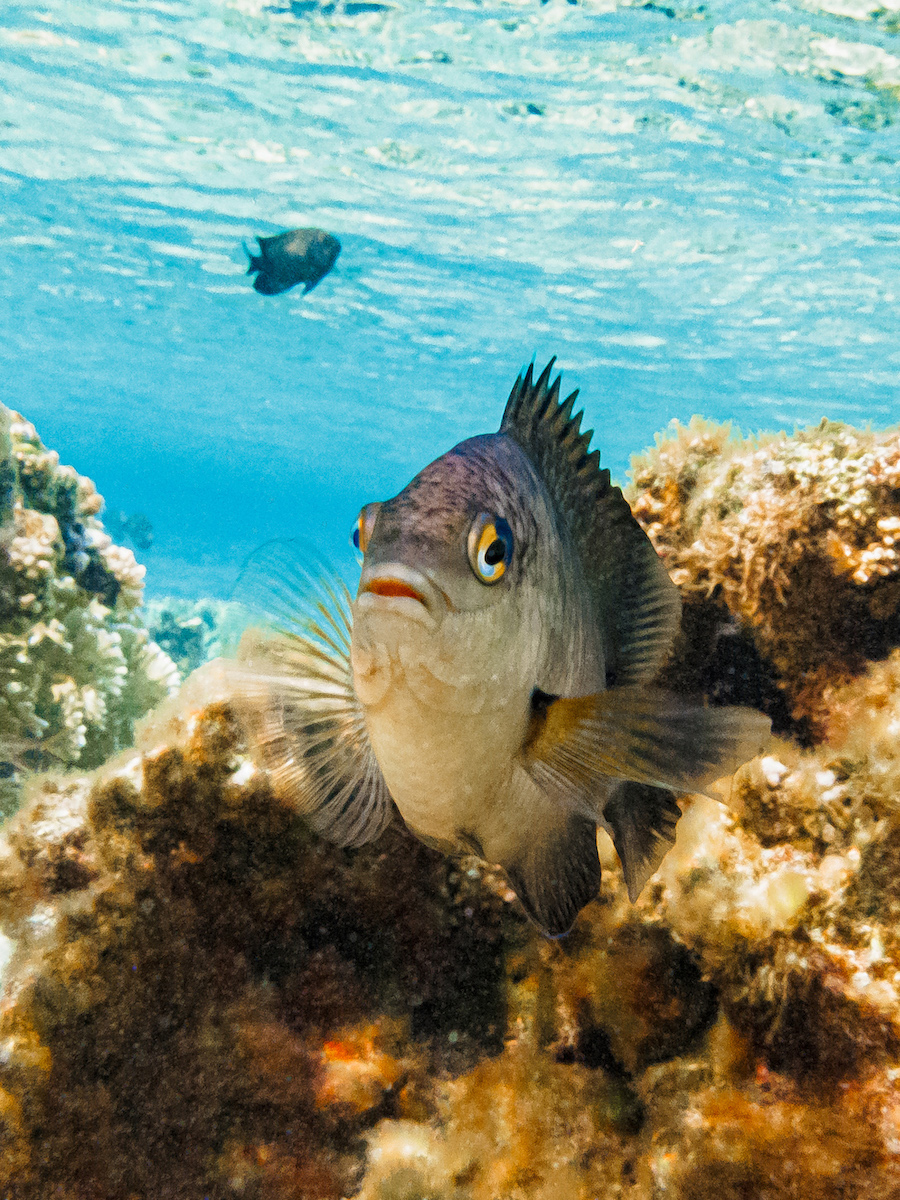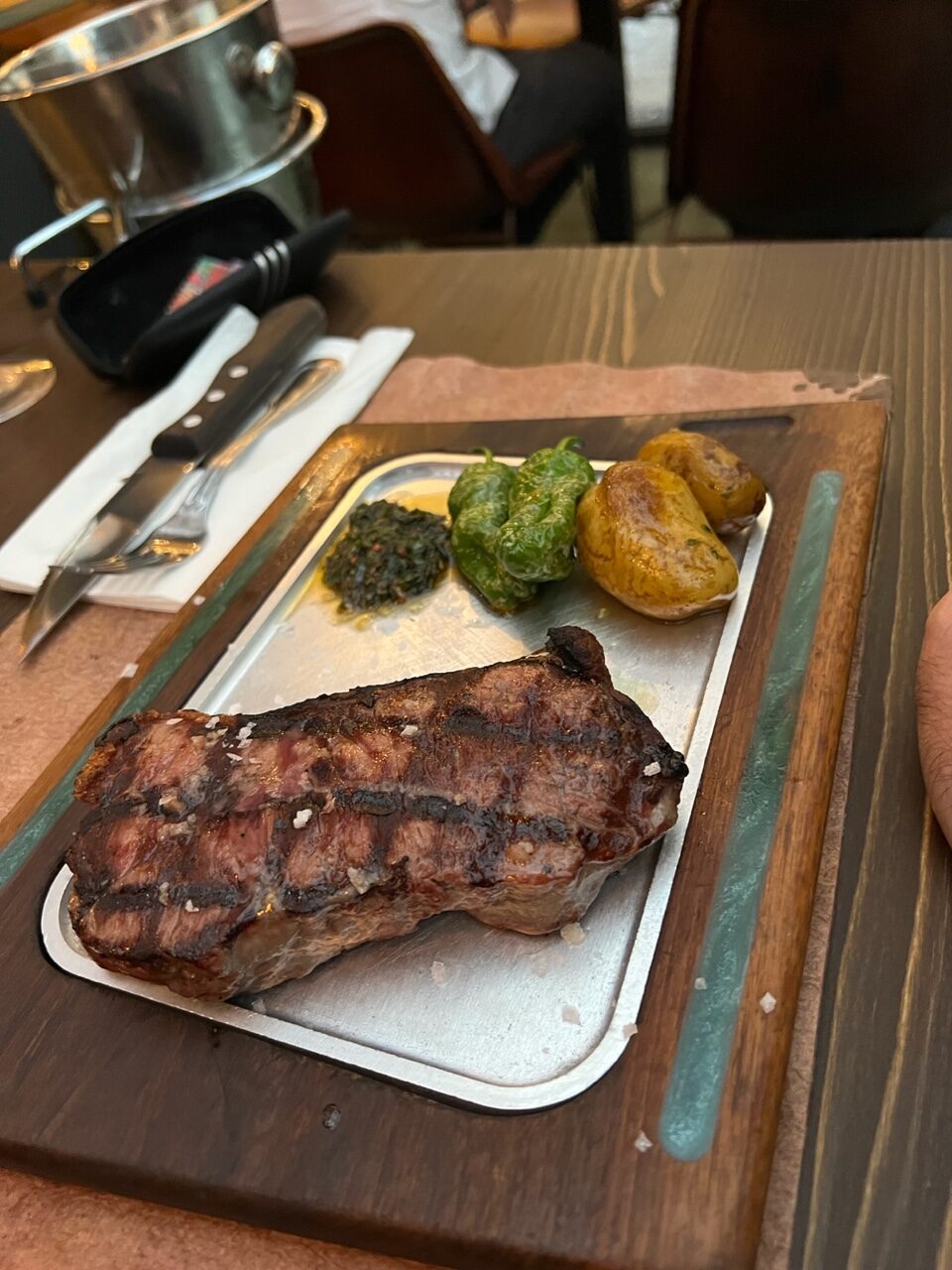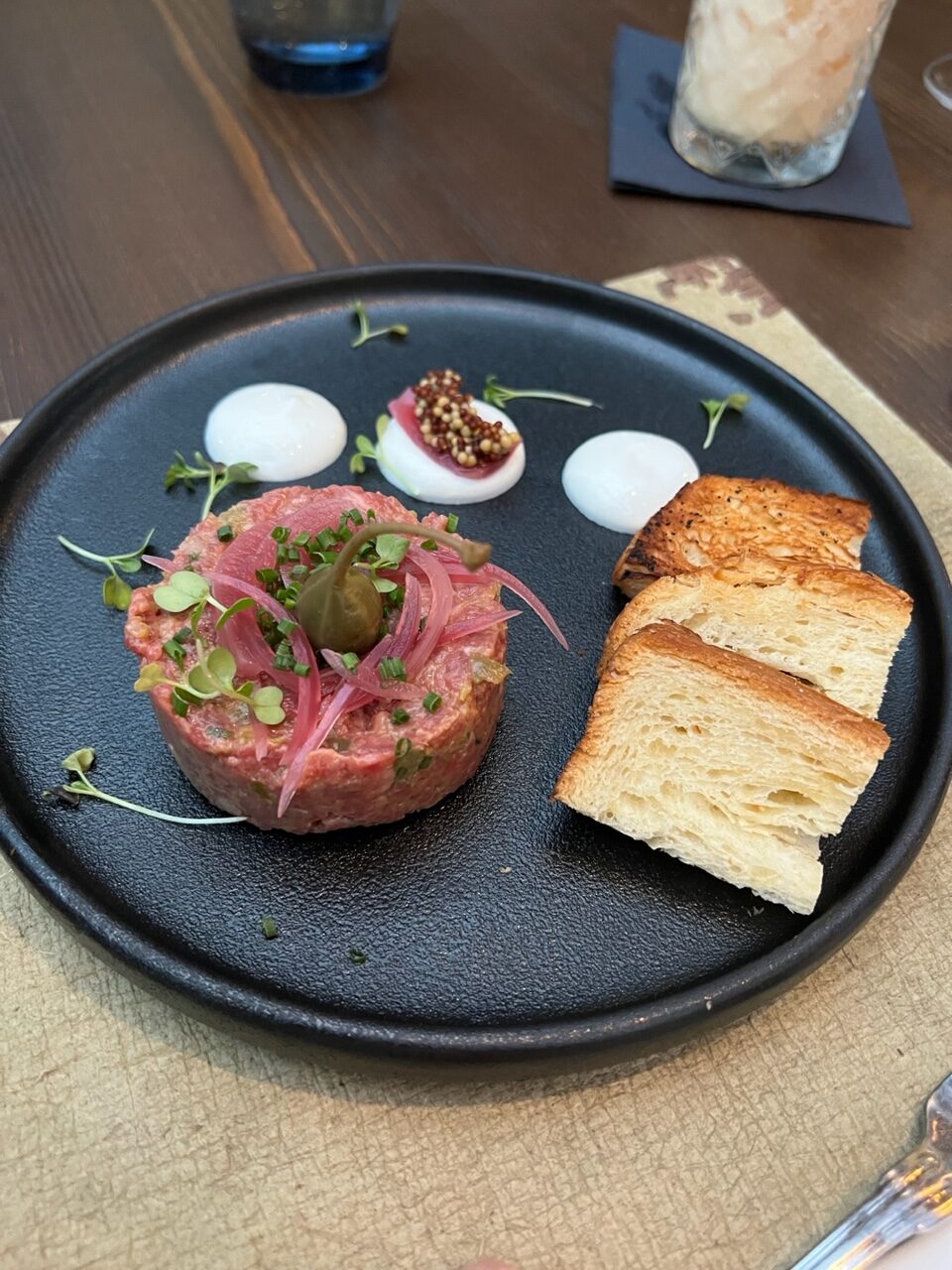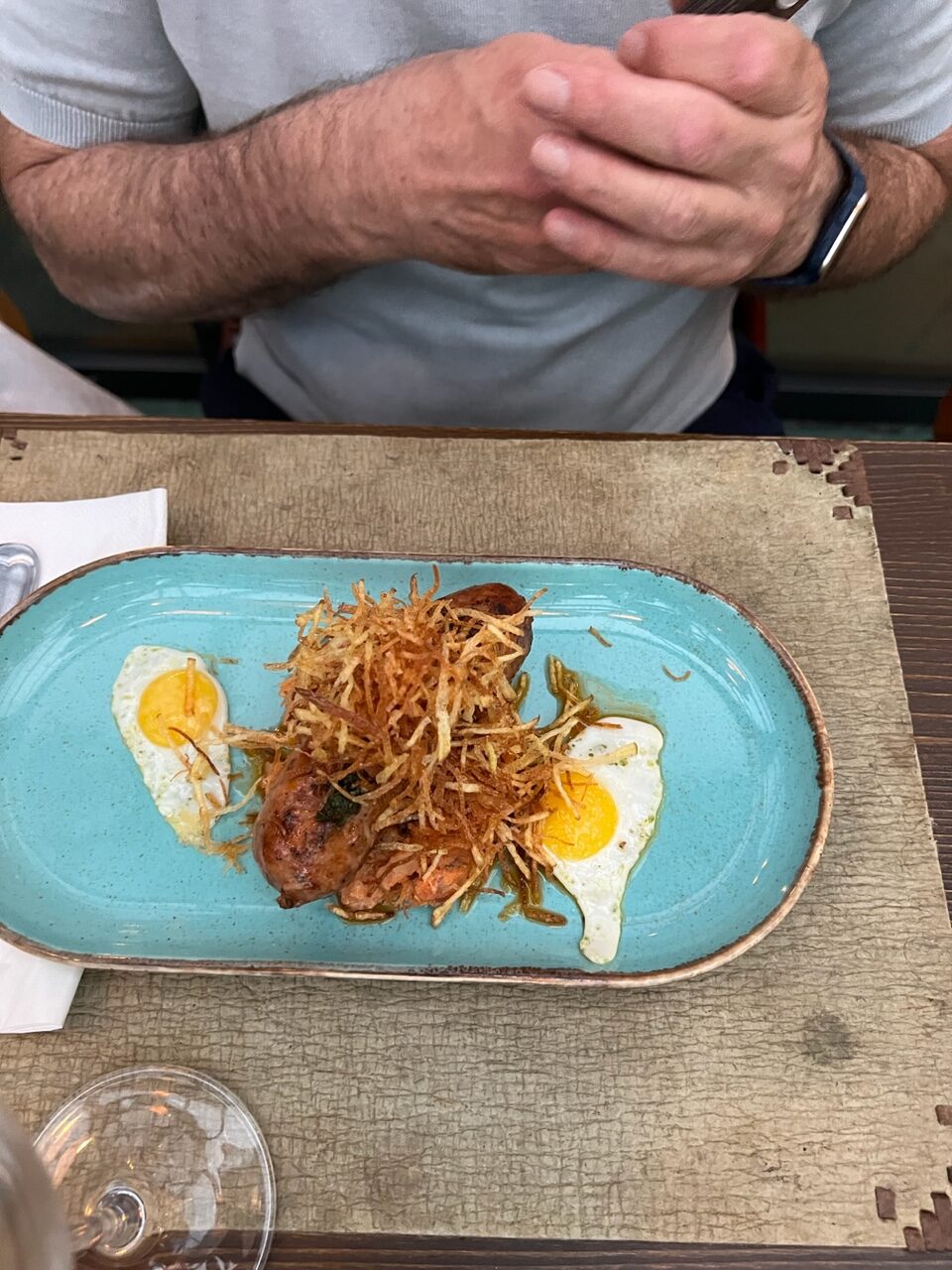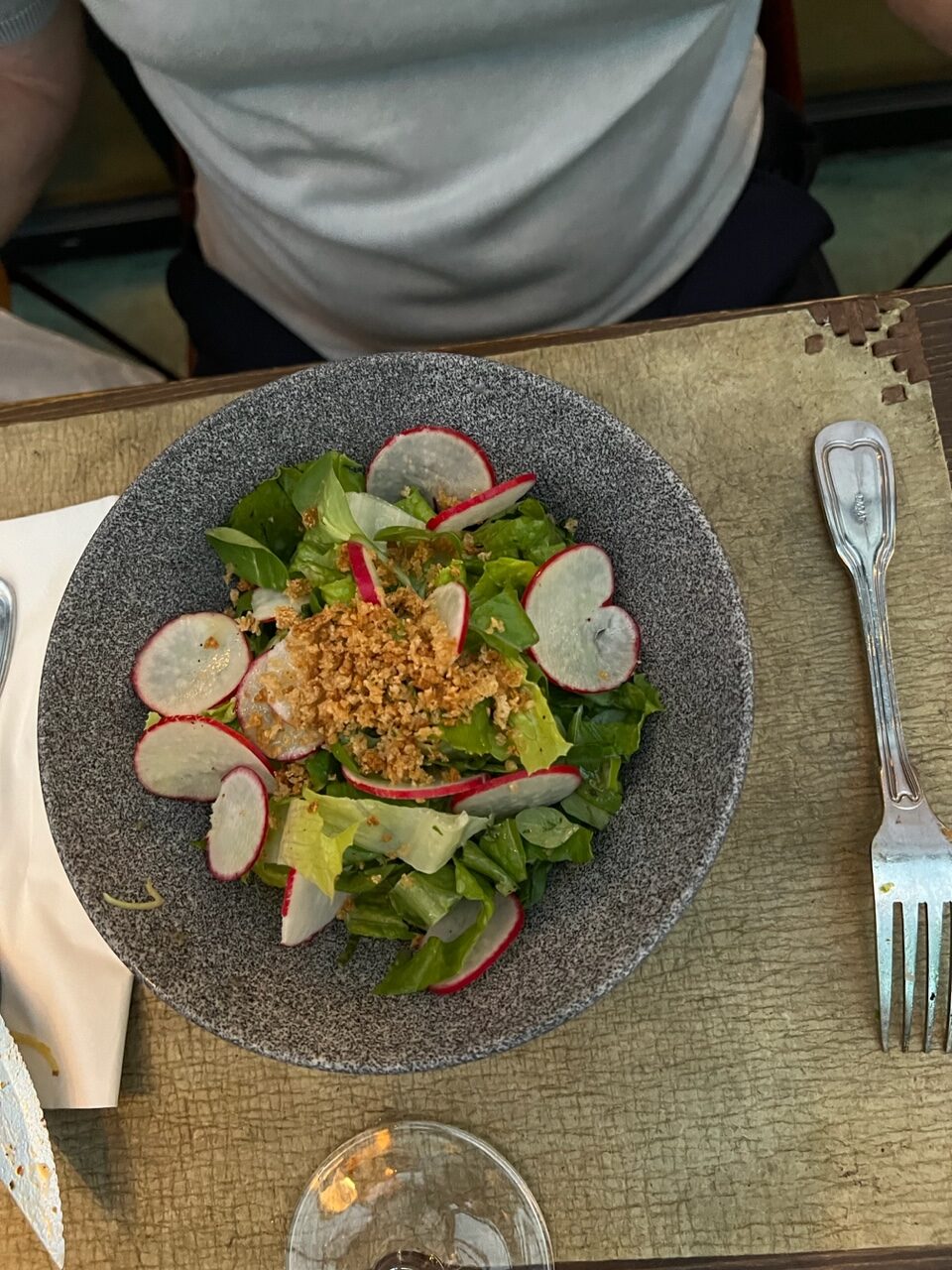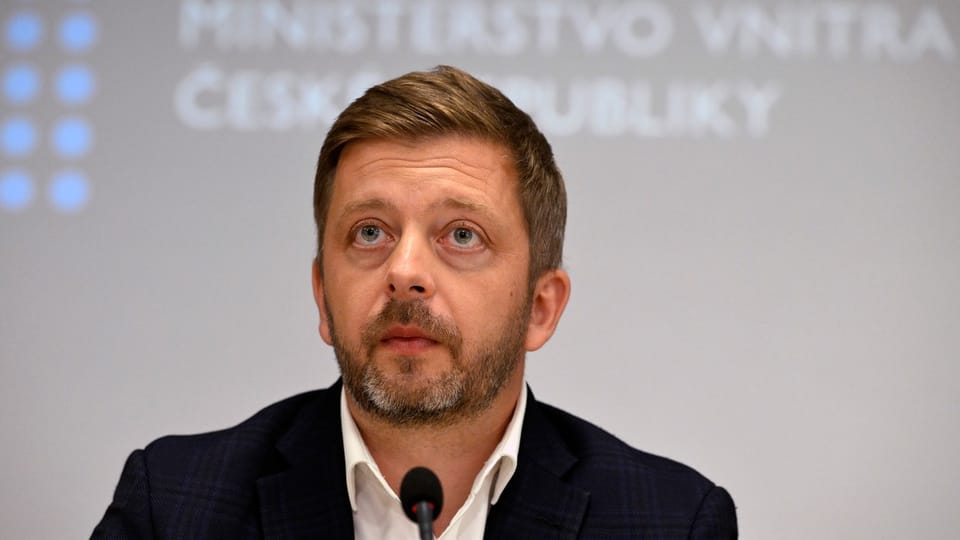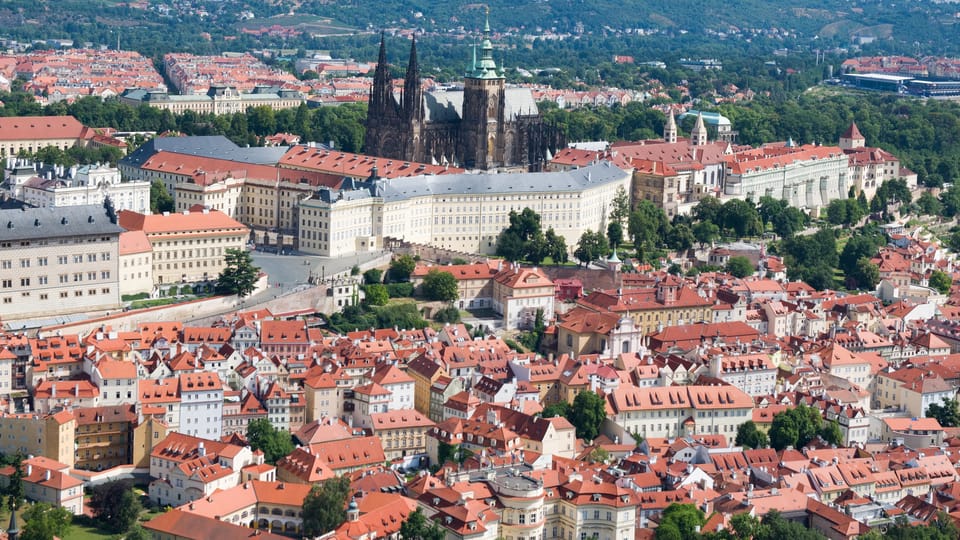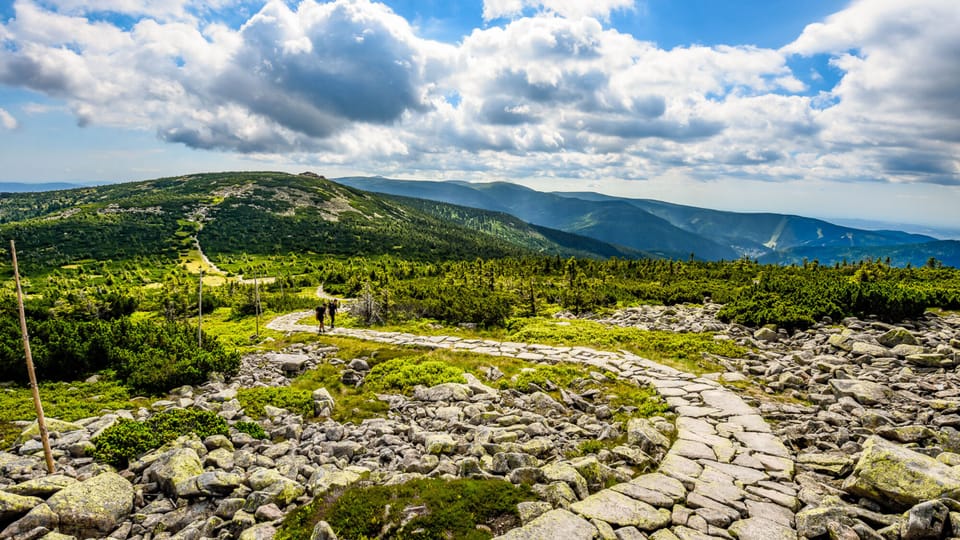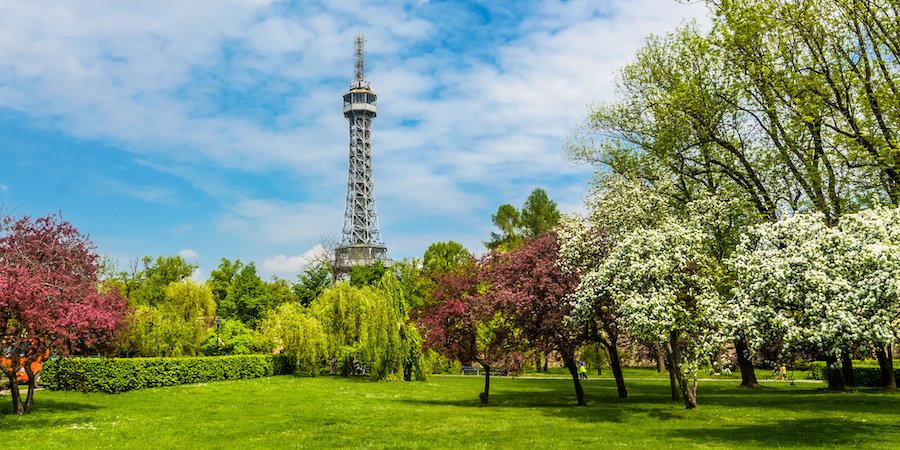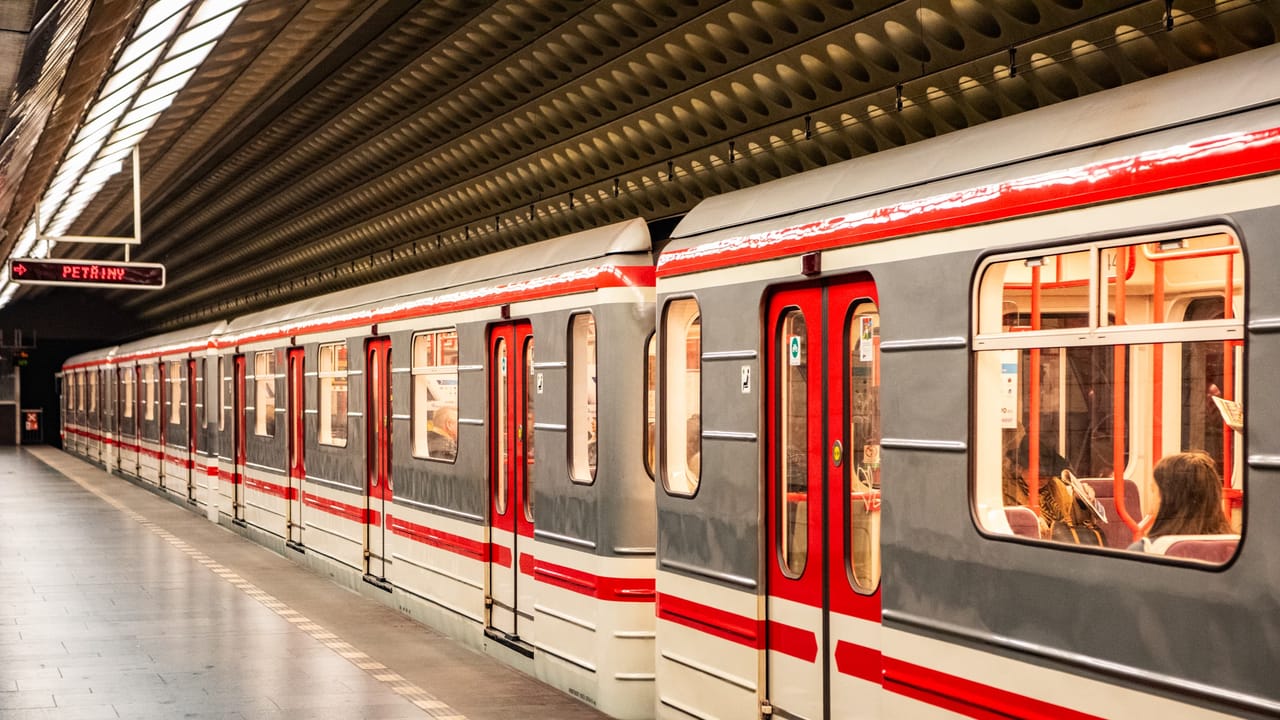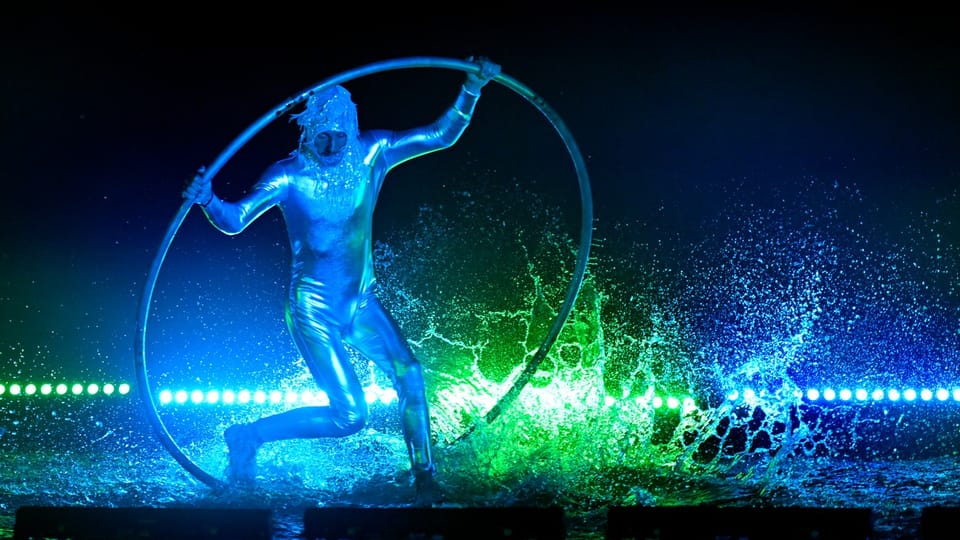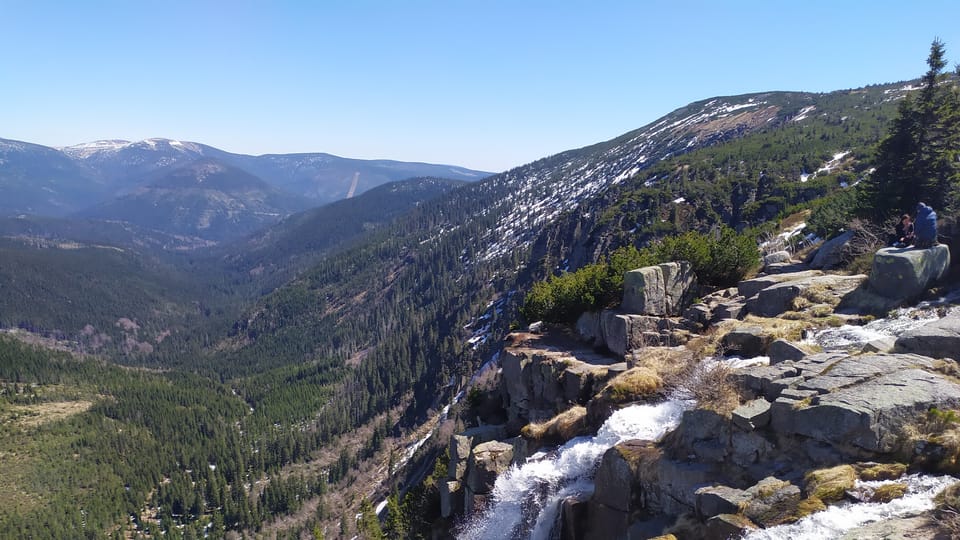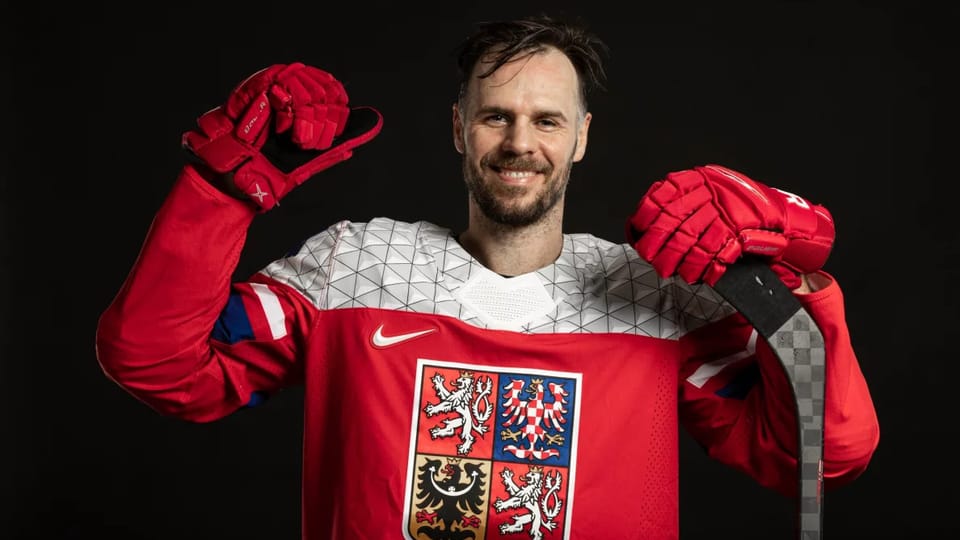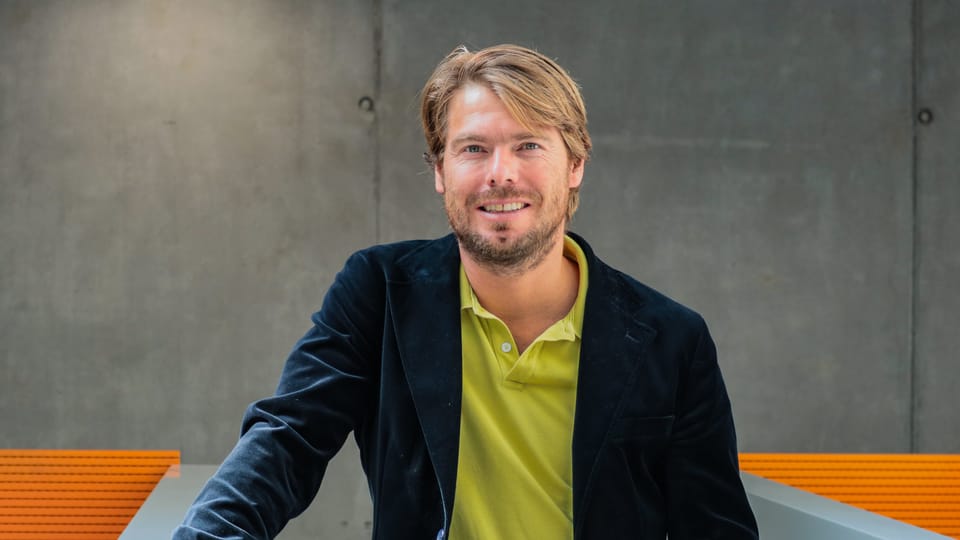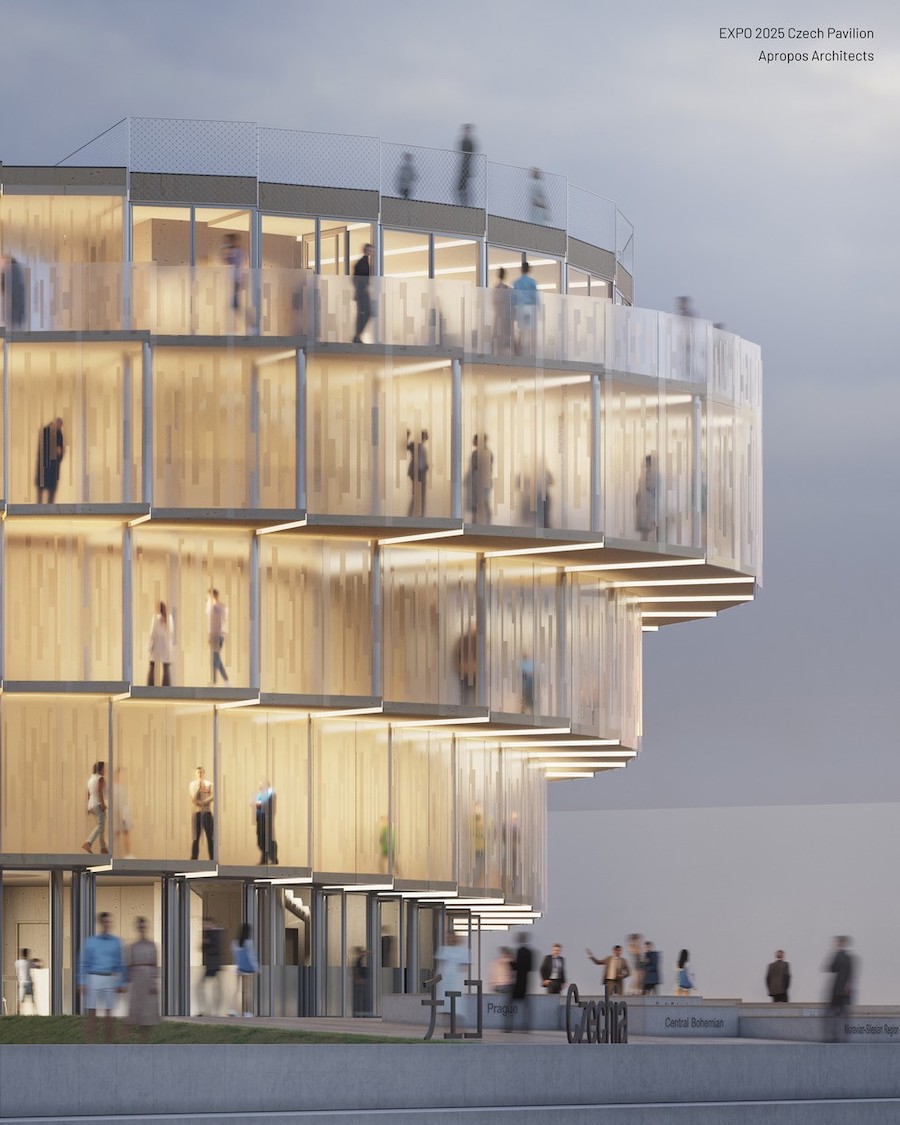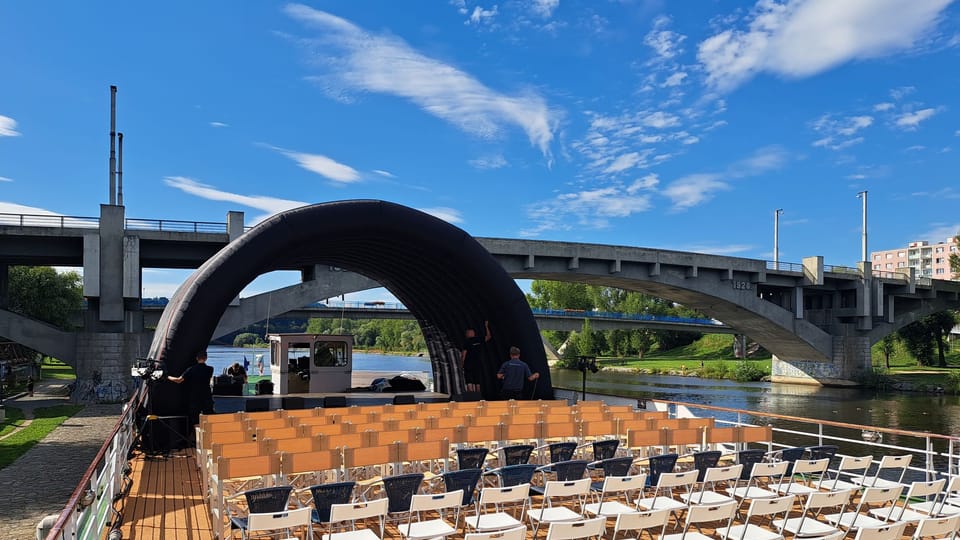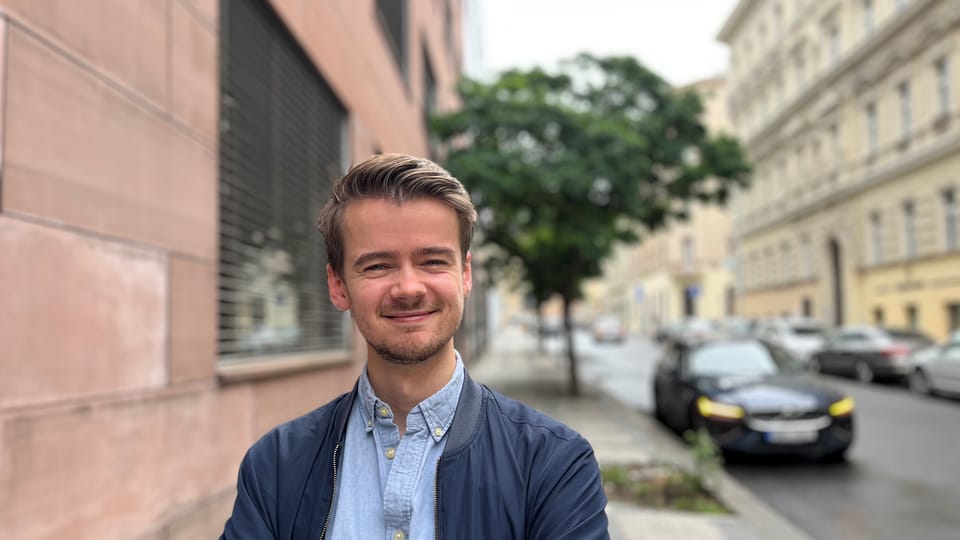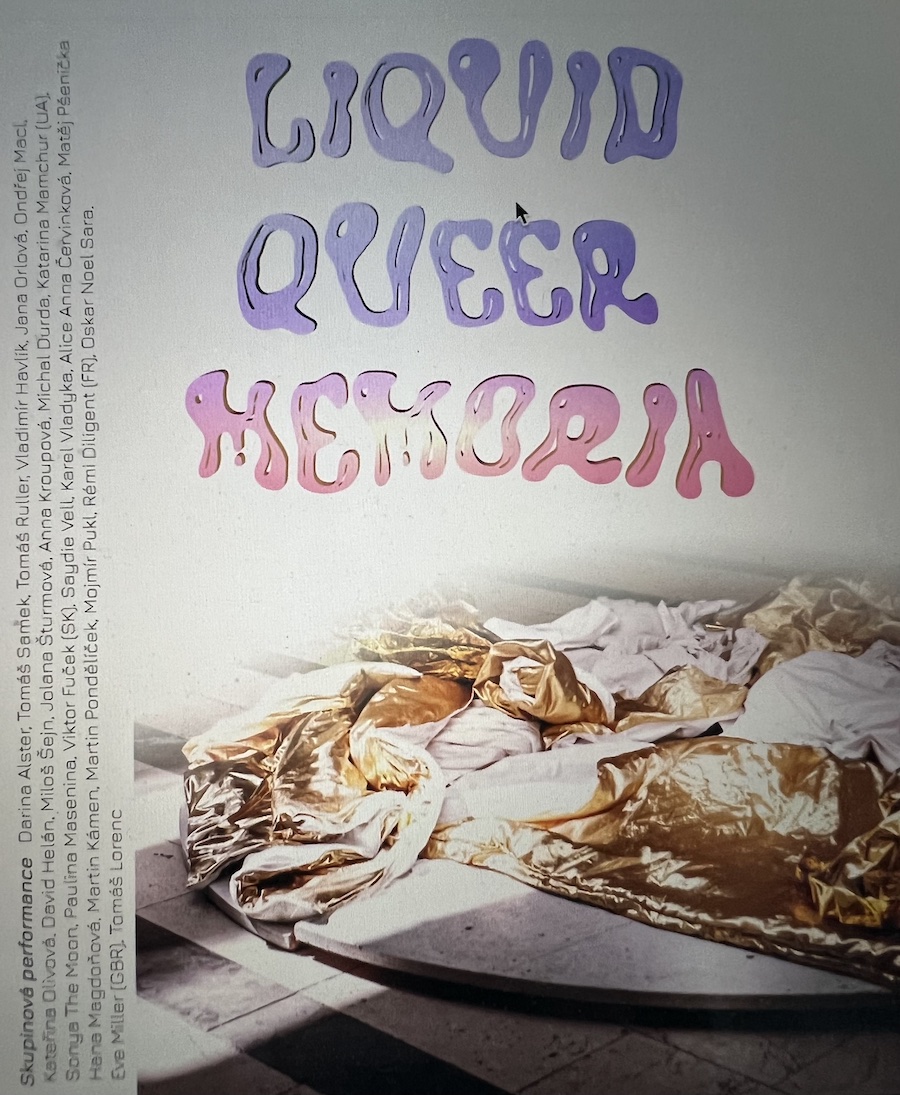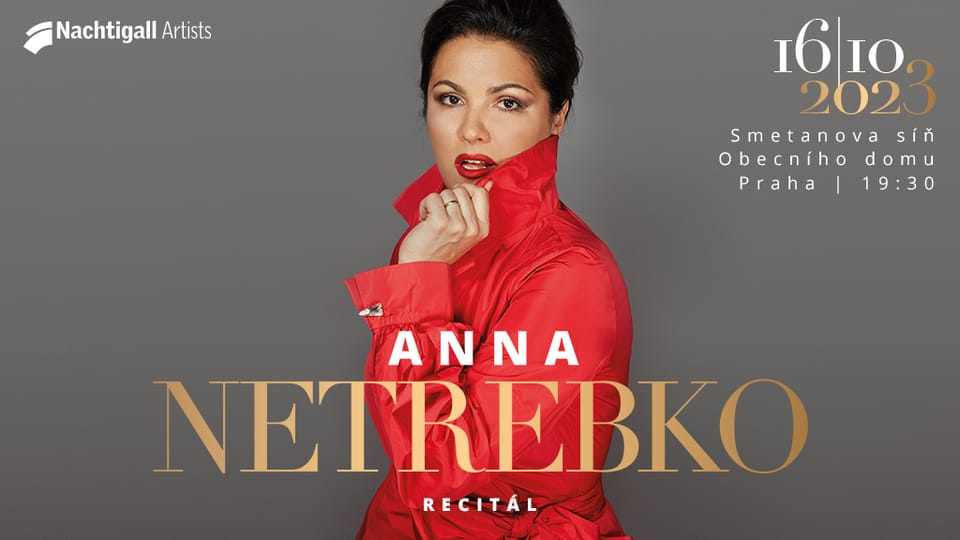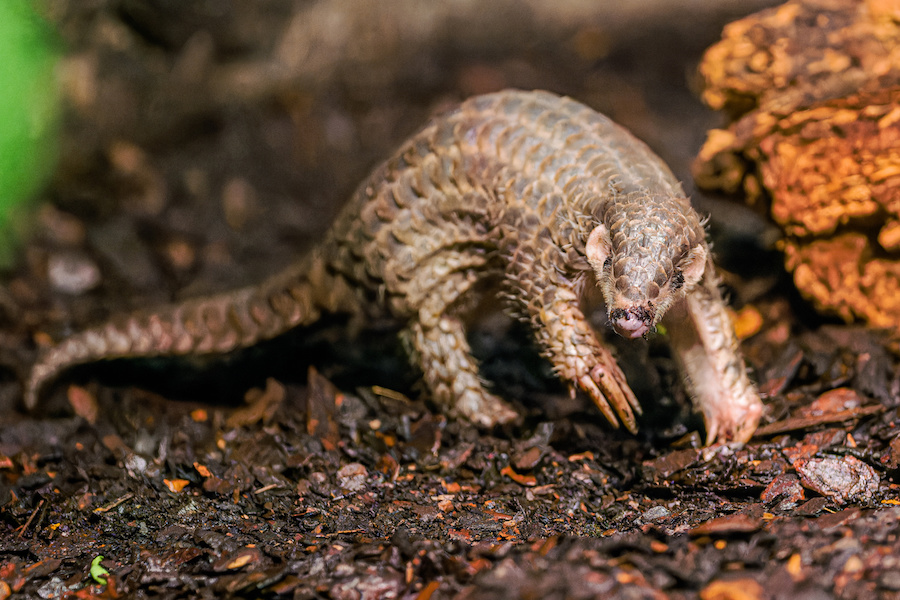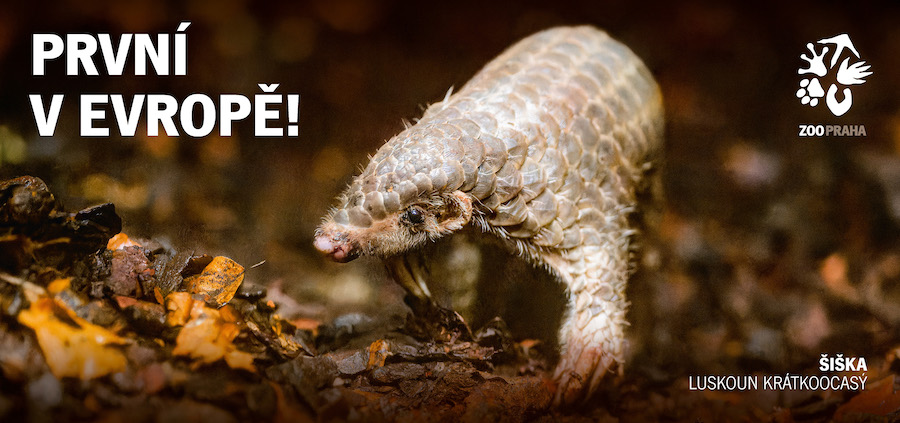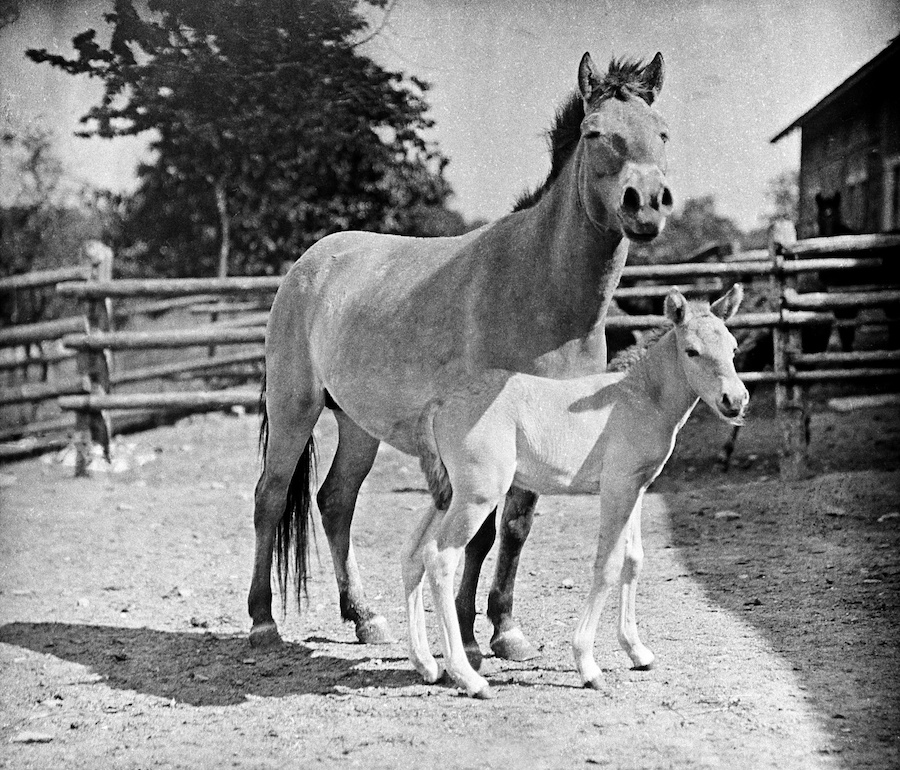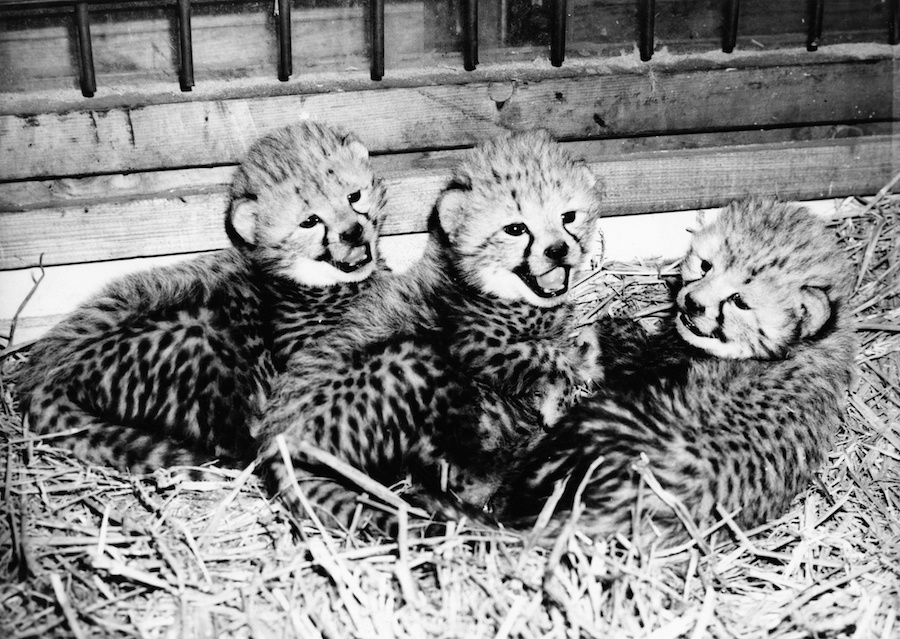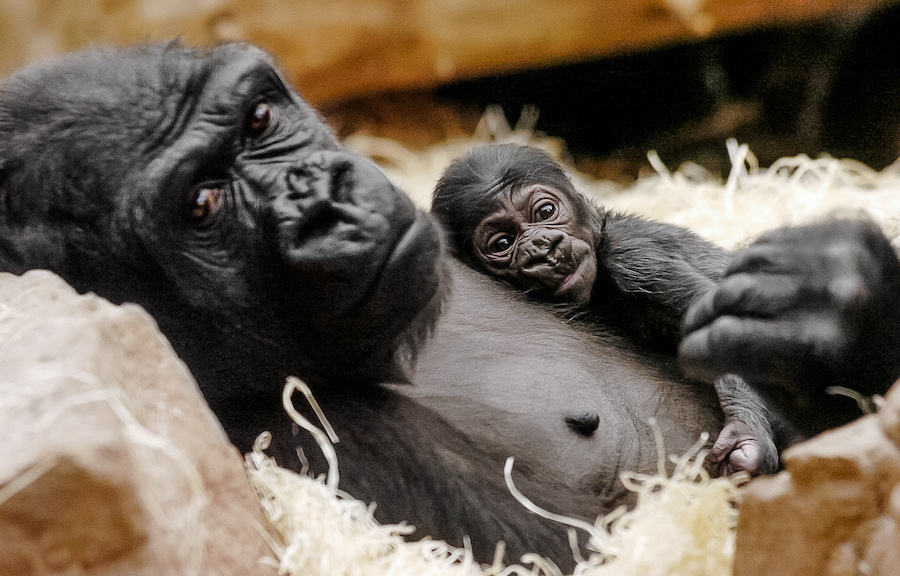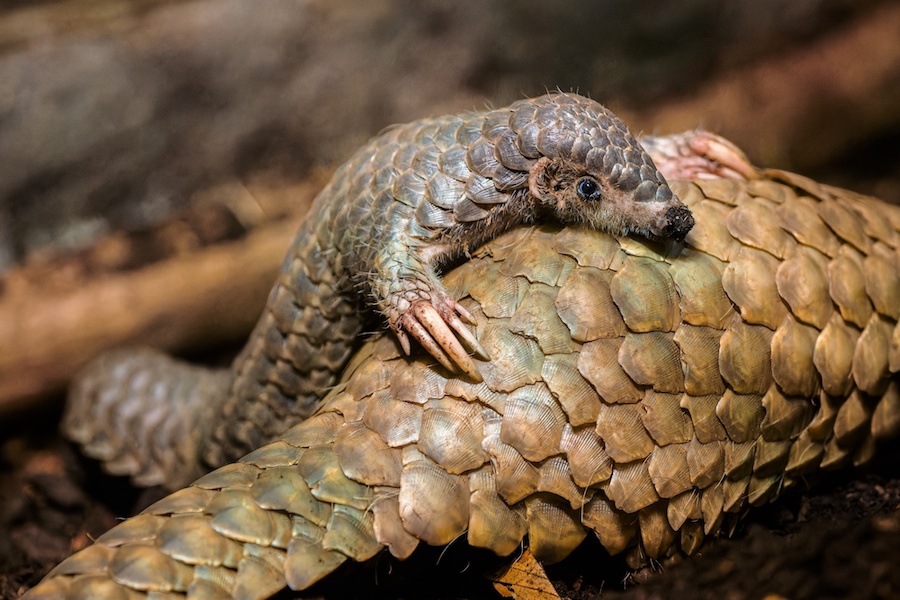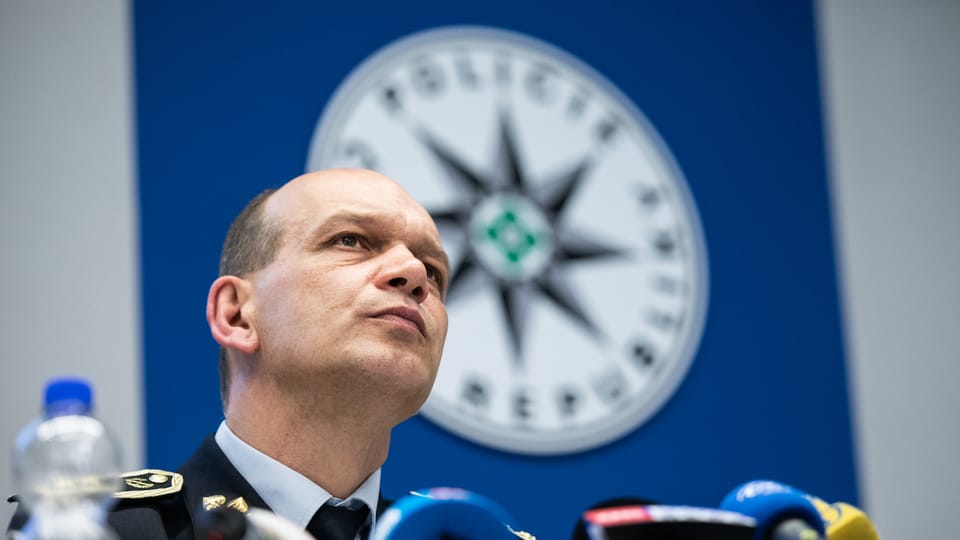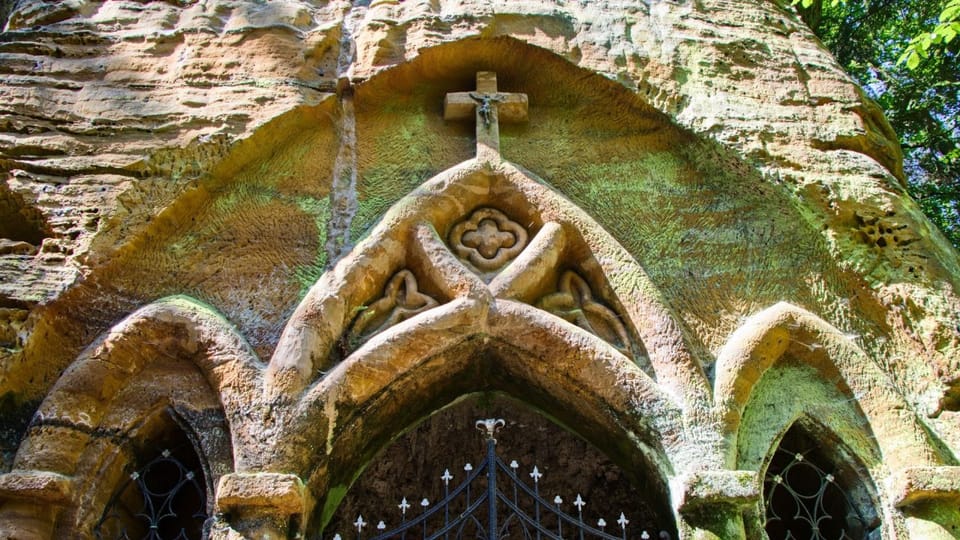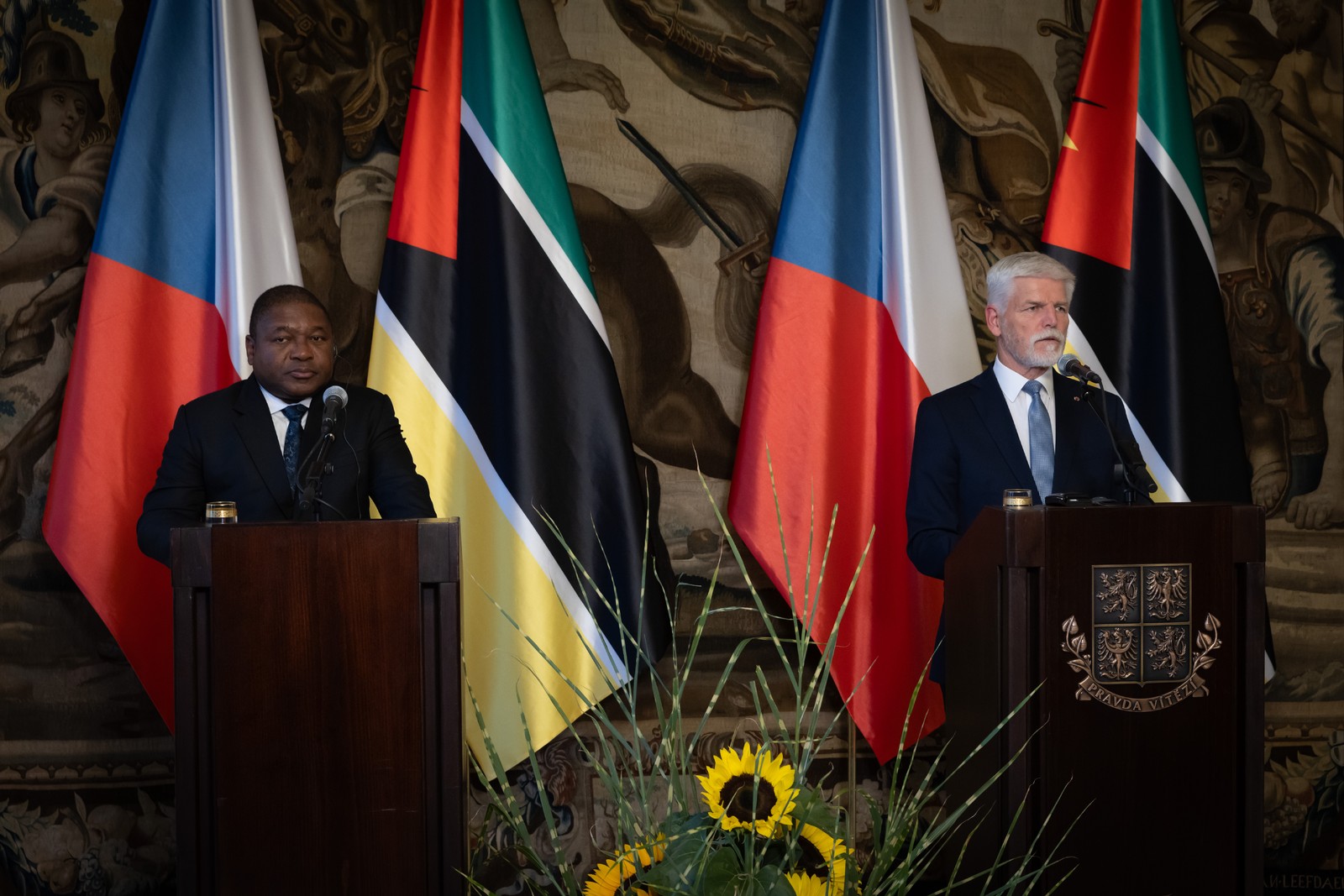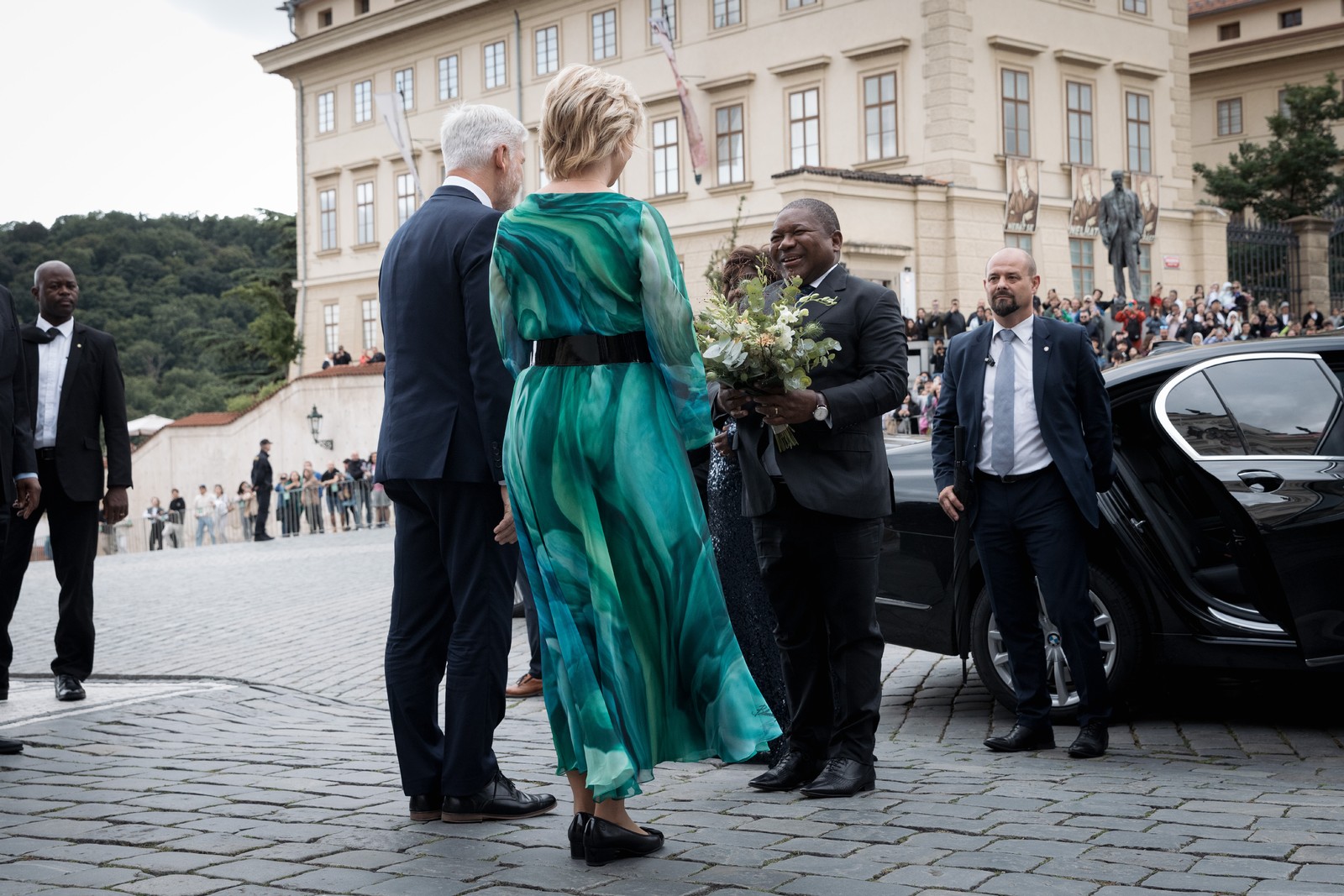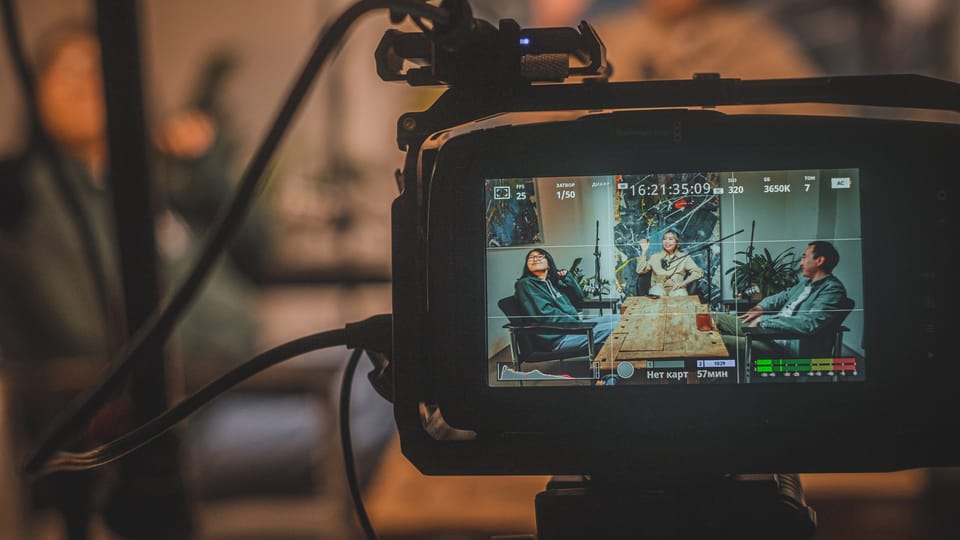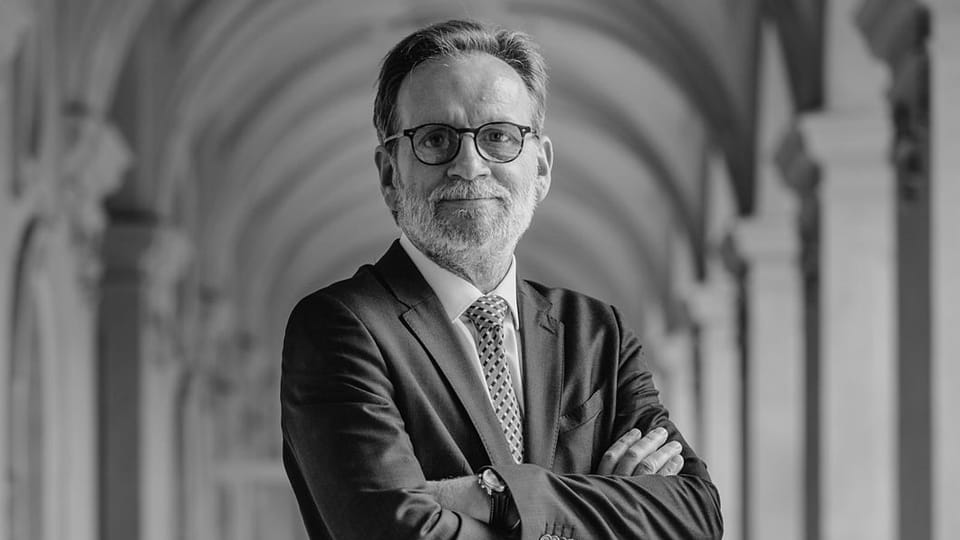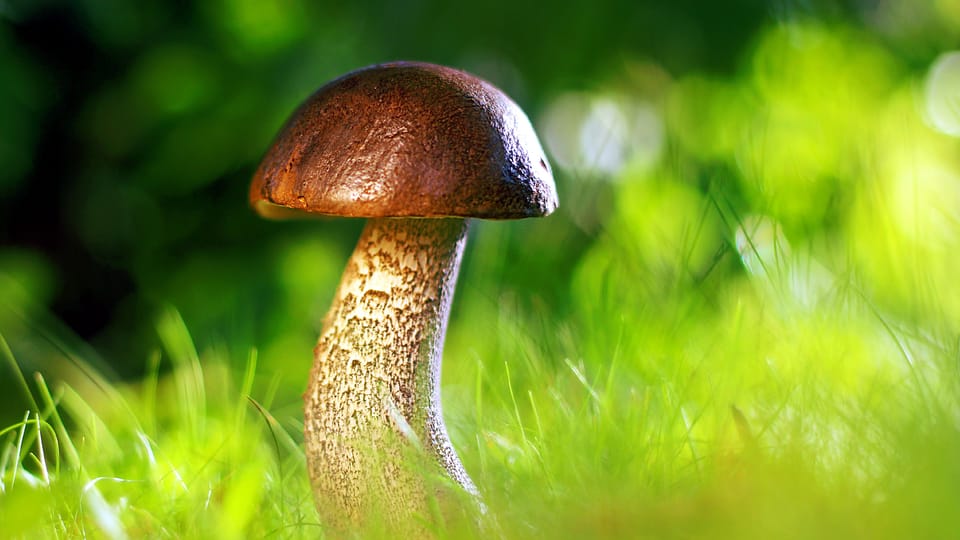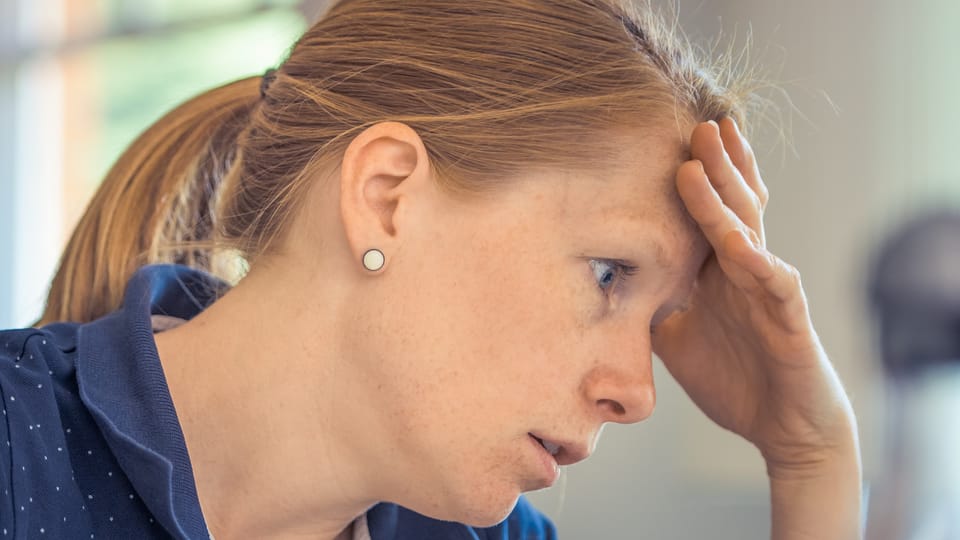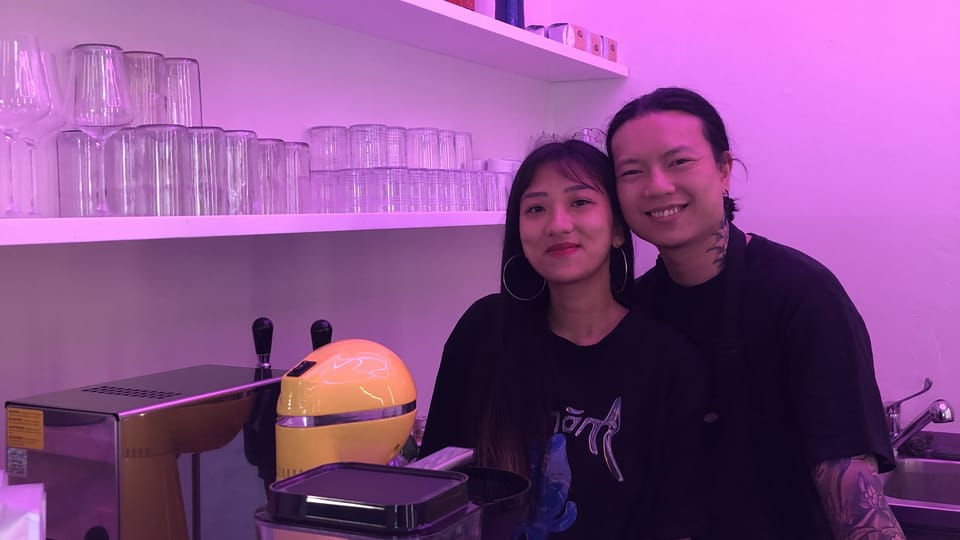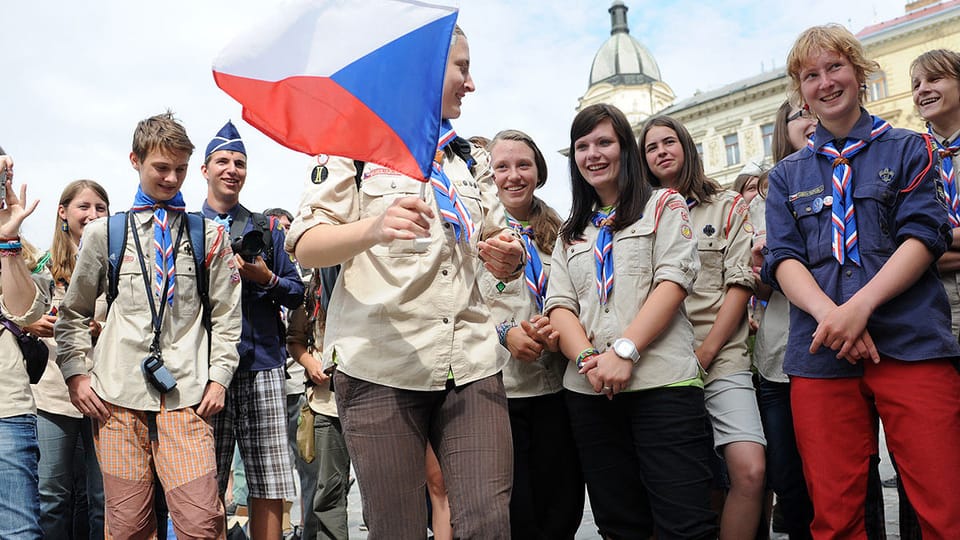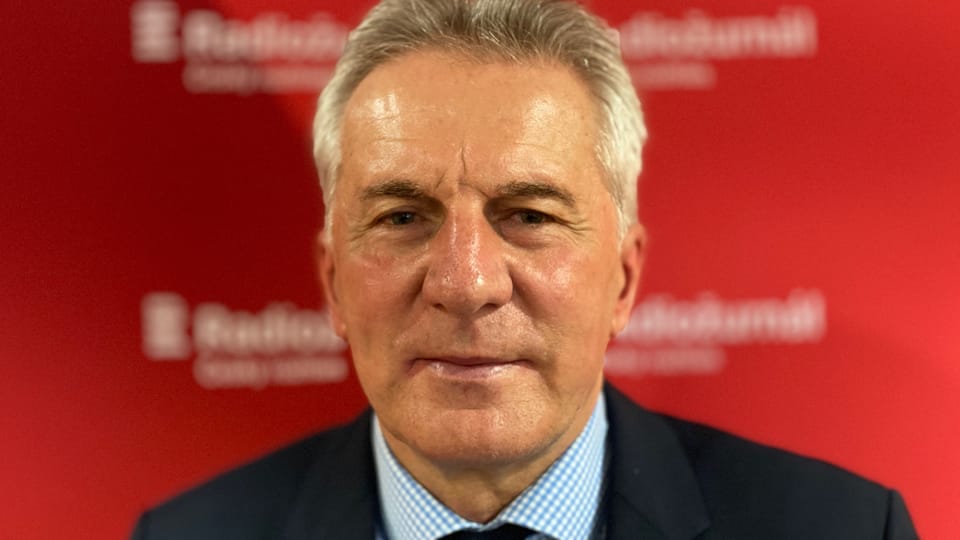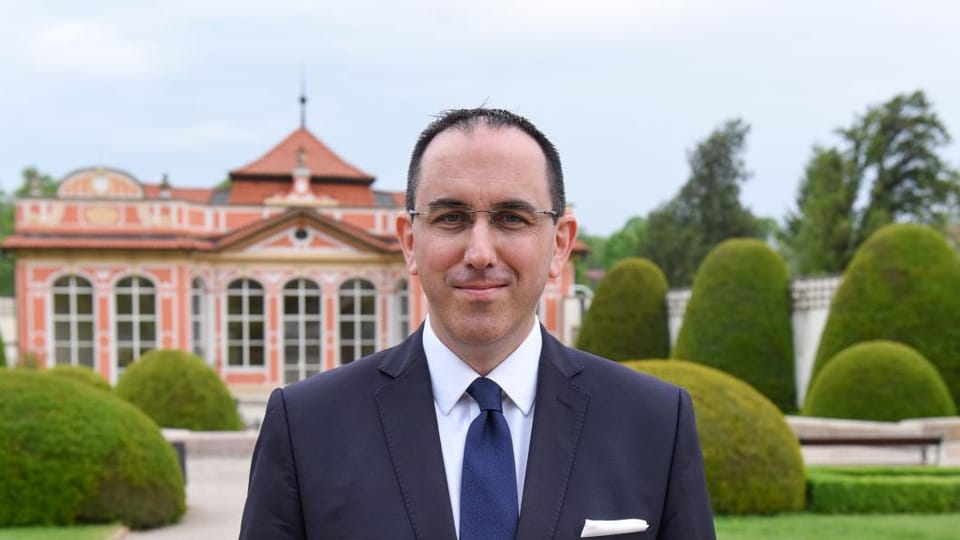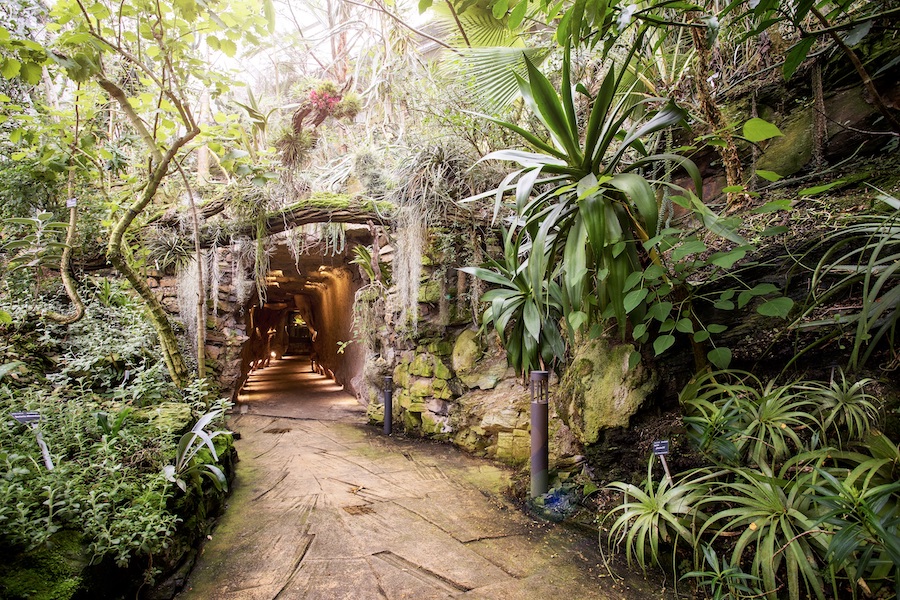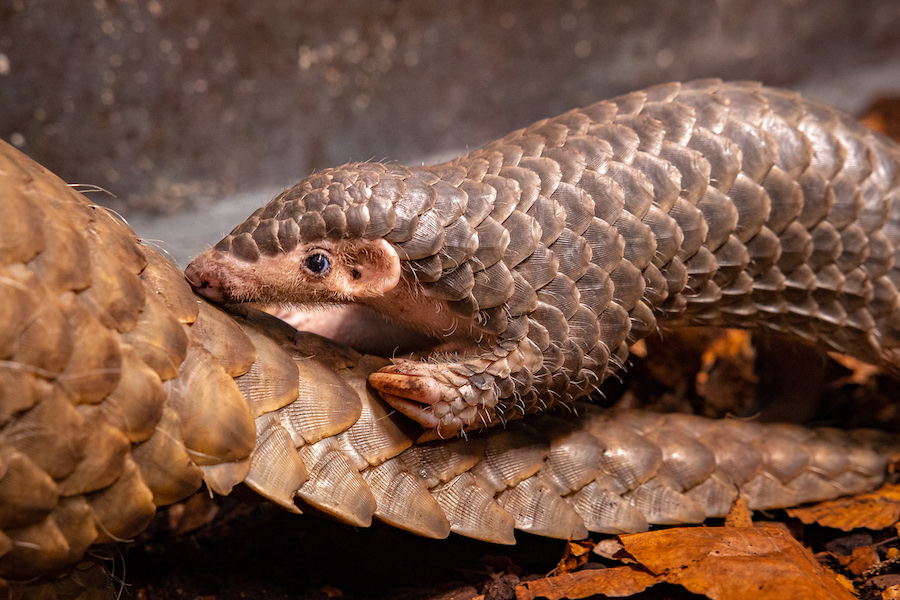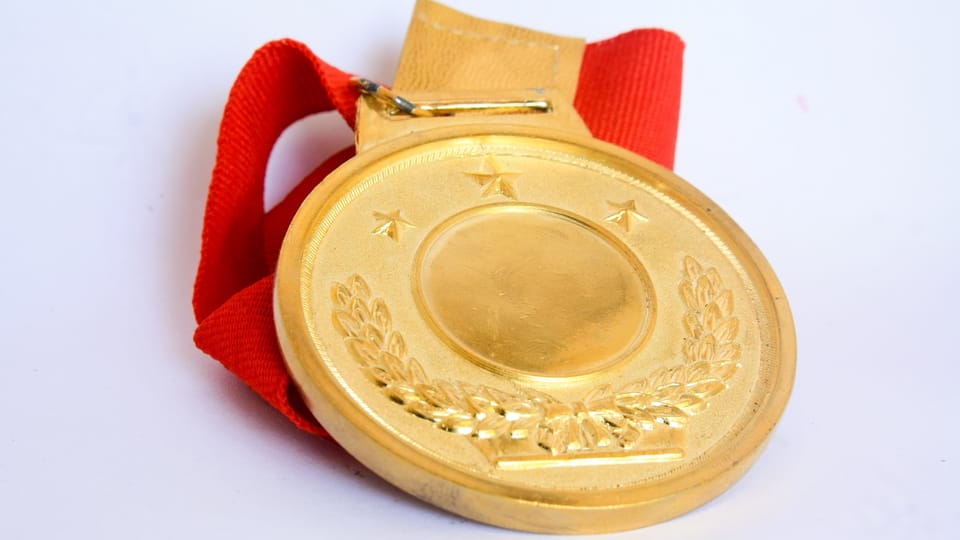
In Prague on August 31 The wife of the President of the Republic organized a round table at Prague Castle dedicated to the capacity and personnel problems of providing primary care for children and adolescents in the Czech Republic.
Eva Pavlová wants to support this path with her husband, knowing that she cannot substitute legislative processes.
During her visits to the regions, the wife of the President of the Republic often spoke with parents, doctors, and representatives of cities and municipalities about the situation, which may turn into a real crisis in the near future. Areas her interest is the “Healthy Family” concept, therefore she invited representatives of all entities directly affected by ensuring the functioning of primary child care to help her find the cause of existing problems and define steps leading to correction. So, that the Czech Republic does not lose its unique in many ways and, until recently, extremely functional system, in which every child has its own registrar pediatrician who accompanies him until adulthood. This is in most countries, not even economically mature countries, is far from a given.
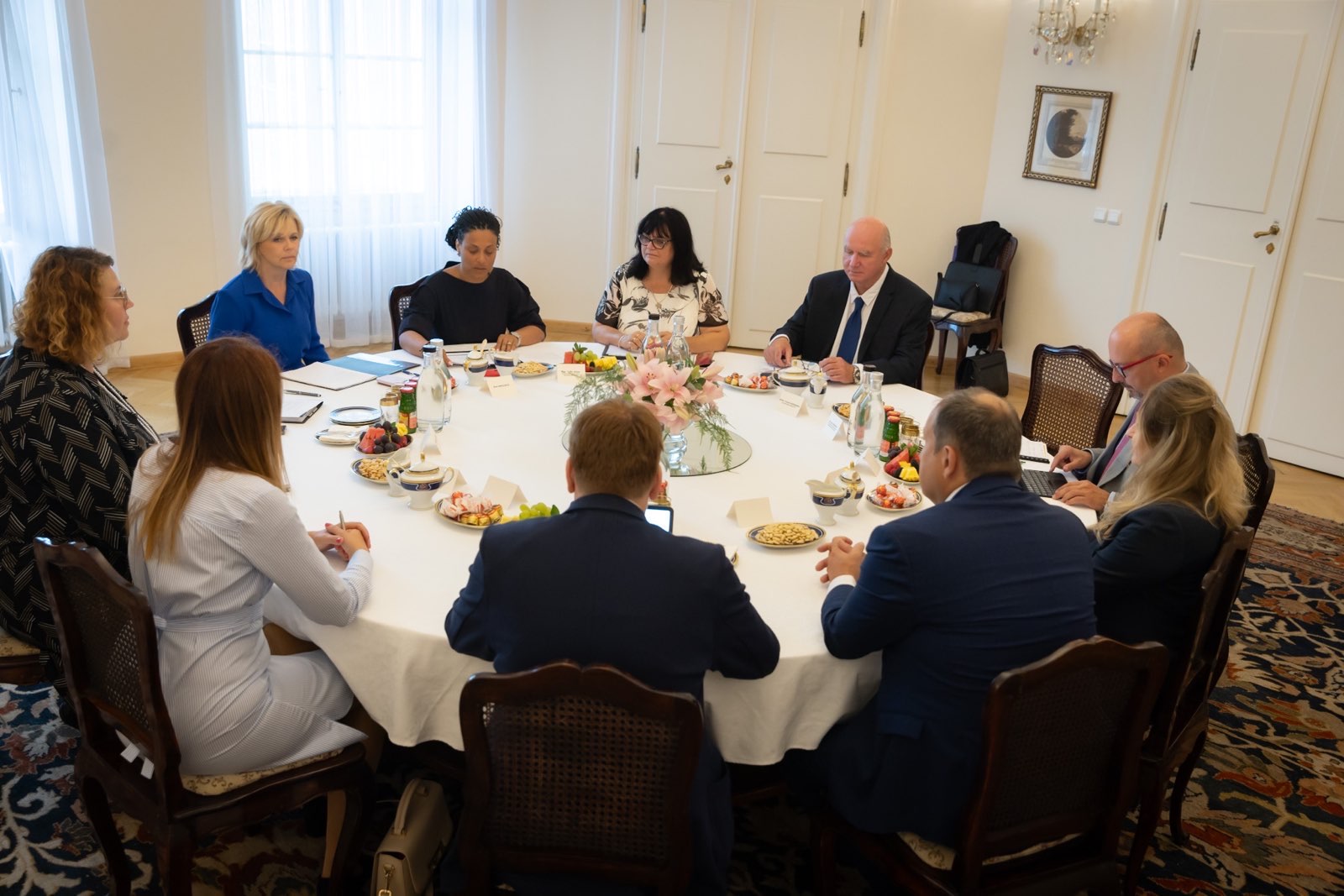
The roundtable was moderated by a first lady’s content team member, Lilly Ahou Král.
At the round table were:
MD Alena Šebková, chairwoman of the Professional Society of Pediatric Practitioners ČLS JEP and member of the ČLS JEP Board of Directors
MD Ctirad Kozderka, vice-chairman of the Association of General Practitioners for Children and Adolescents of the Czech Republic
professor MUDr. Martin Repko, Ph.D., chairman of the Association of Deans of Medical Faculties of the Czech Republic
MD Irena Maříková MBA, director of the Institute of Postgraduate Education in Healthcare
M.Sc. František Lukl, MPA, chairman of the Union of Towns and Municipalities of the Czech Republic
Ing. Jan Bozděch Ph.D., mayor of Klenčí pod Čerchov
Josef Pavlovic, Bc., Deputy Minister of Health of the Czech Republic
Eva Holečková and Michaela Kopalová members of the content team
The round table discussed the causes of the problems. One of the main ones is the aging of doctors and the lack of new doctors coming into pediatric practice. “Already today, many parents, especially from smaller villages cannot find a doctor for their child who would register them, and they travel tens of kilometers to see him,” emphasized MUDr. Šebkova.

M.Sc. František Lukl, MPA, confirmed that from the point of view of the Association of Towns and Municipalities of the Czech Republic, which he chairs, this is a hot topic. “Primary medical care is an integral part of the infrastructure – in municipalities where job opportunities are decreasing, post offices are being closed and general pediatricians’ offices are disappearing, the quality of life is deteriorating, young people are leaving them for bigger cities and the countryside is depopulates,” stated Mgr. Lukl.
At the round table, it was said that to supplement the capacities and put into practice approx. 1000 missing general pediatricians is not possible from day to day. However, Eva Pavlová asked the present Deputy Minister of Health Josef Pavlovic for his office’s feedback on the possible implementation of the proposed measures and other solutions, which were discussed at the round table and which could be approached immediately.

Pictures : Department of Communication – President office
